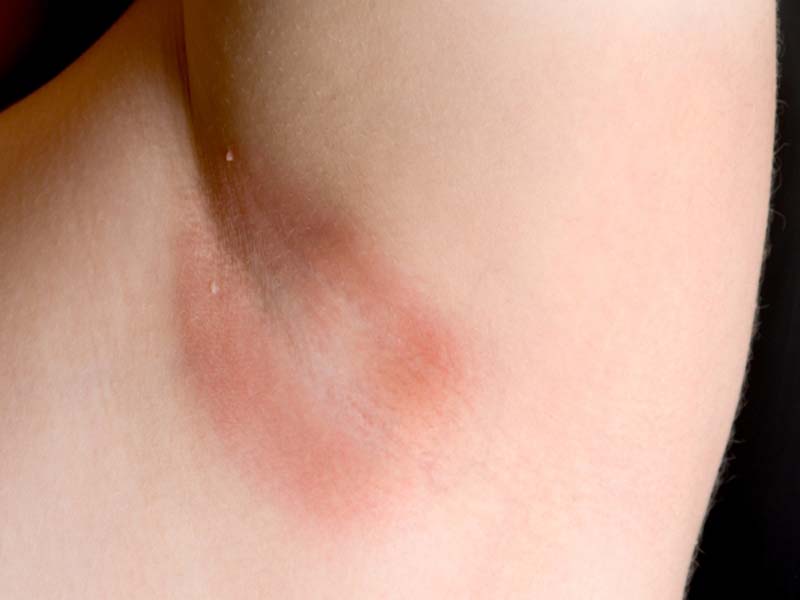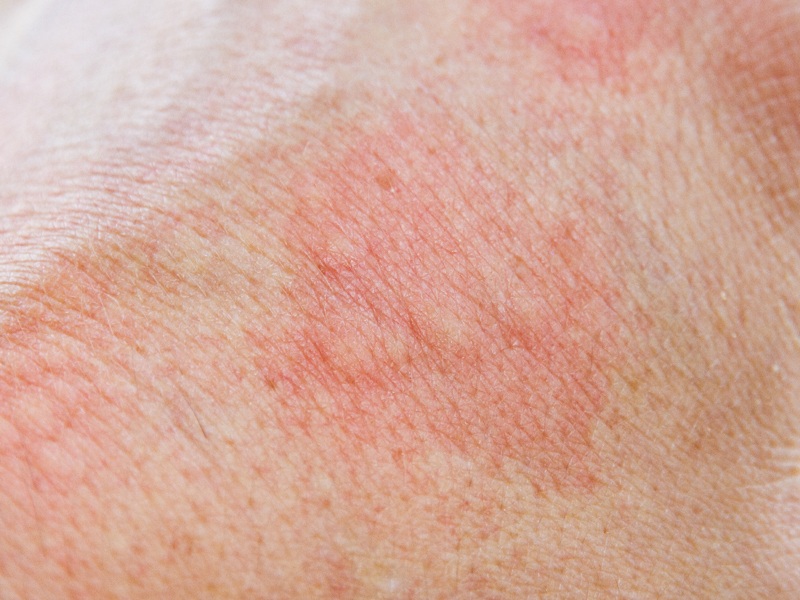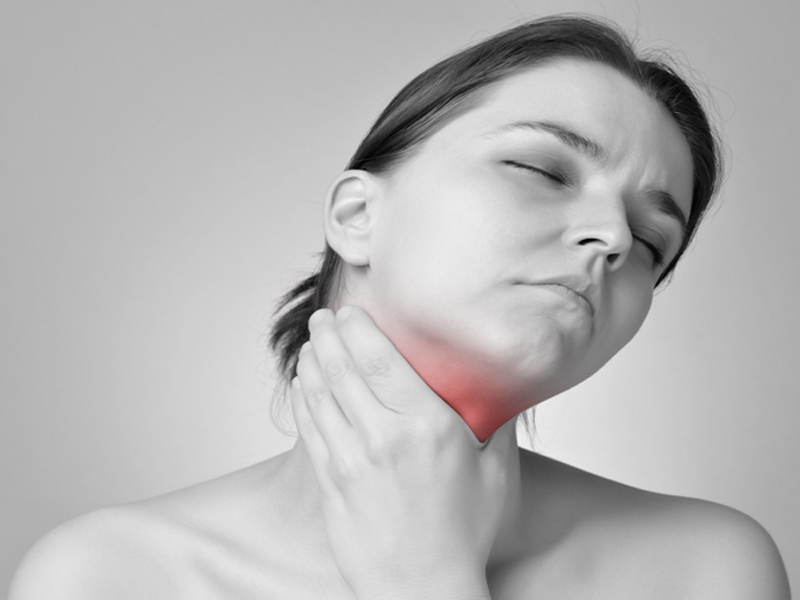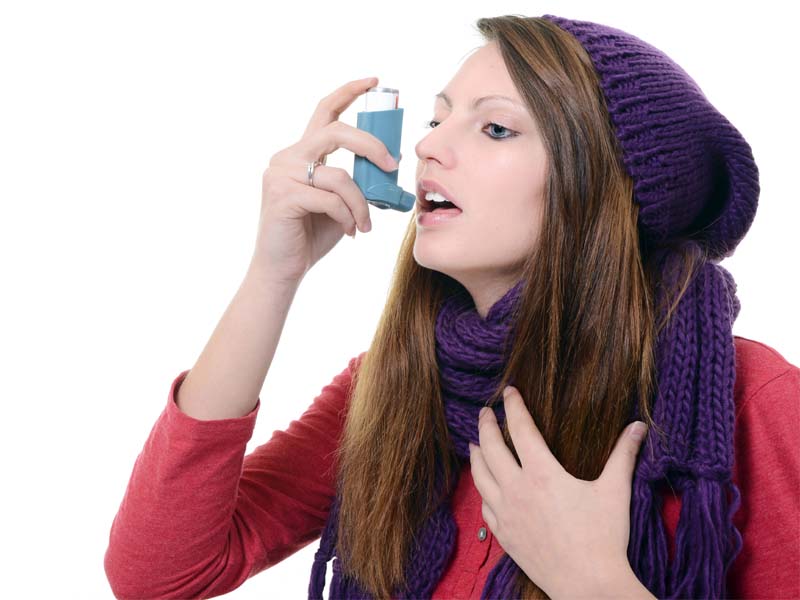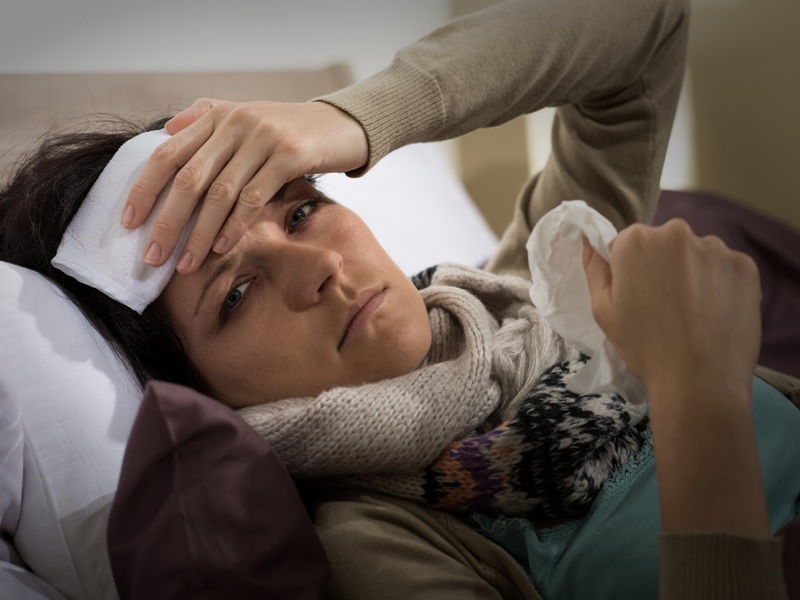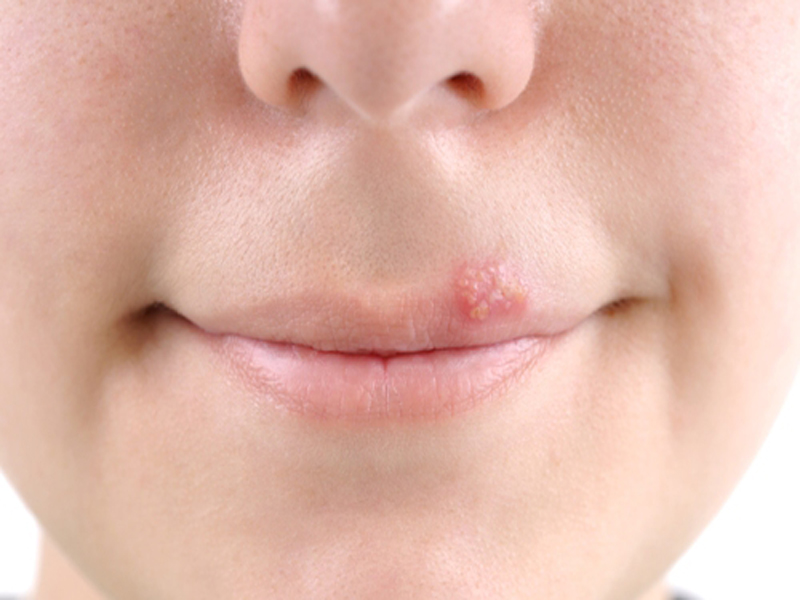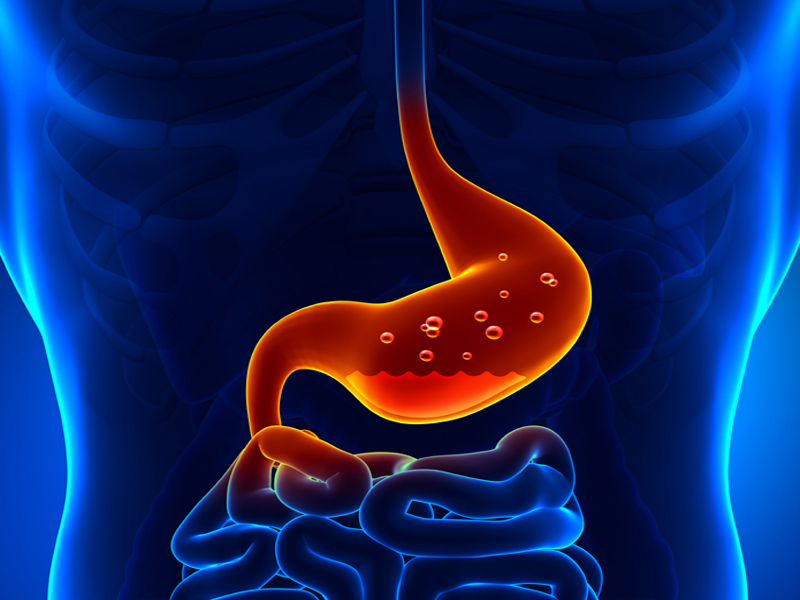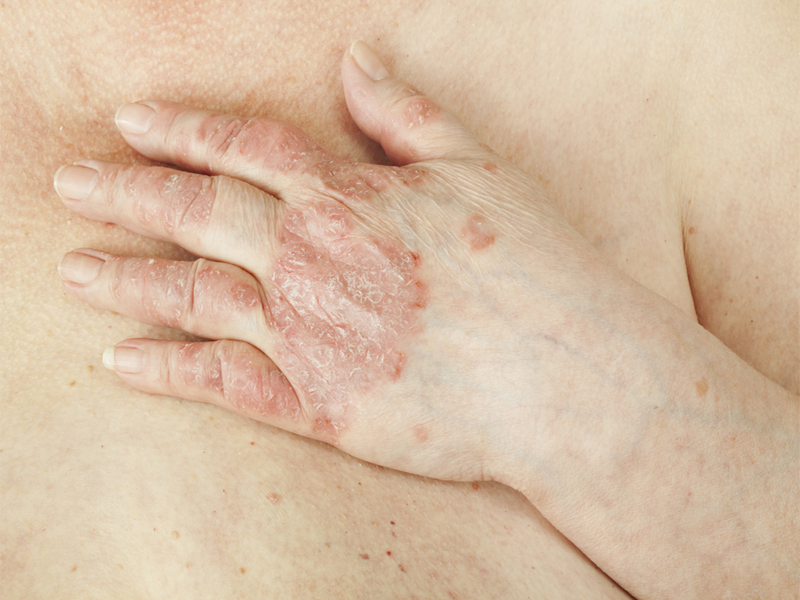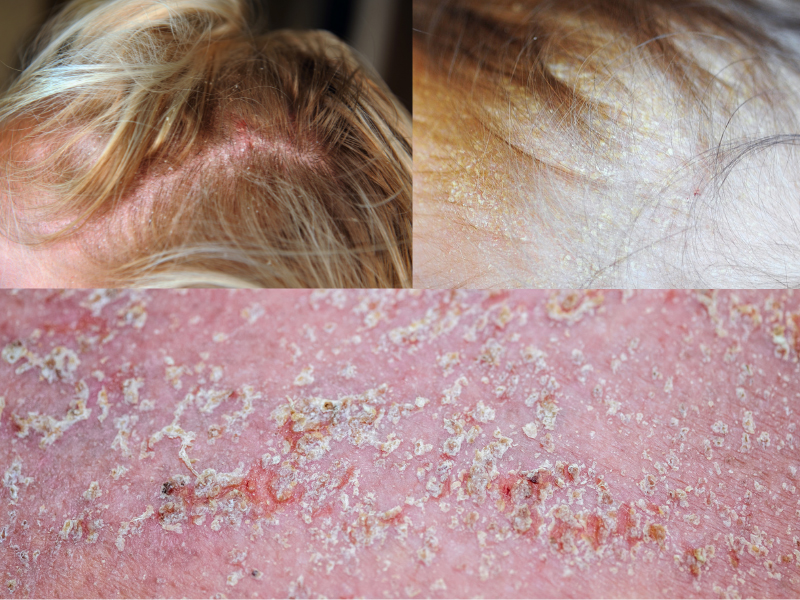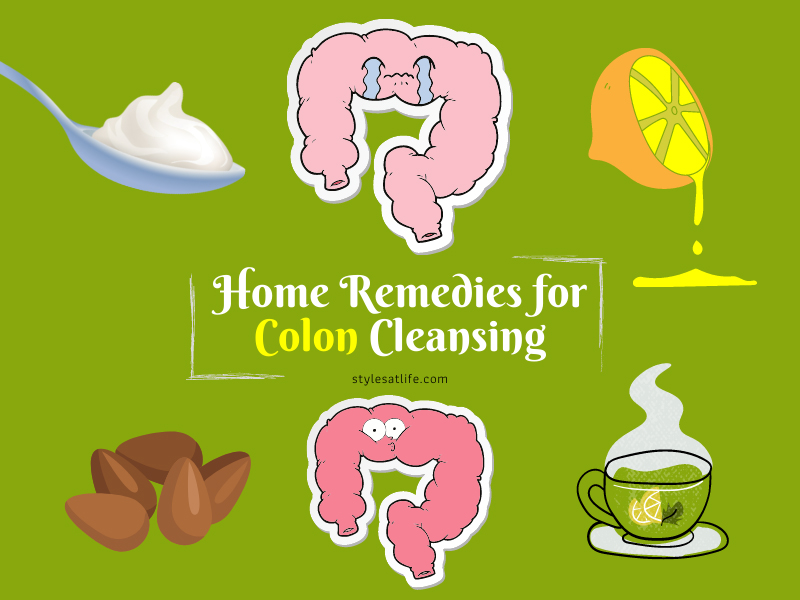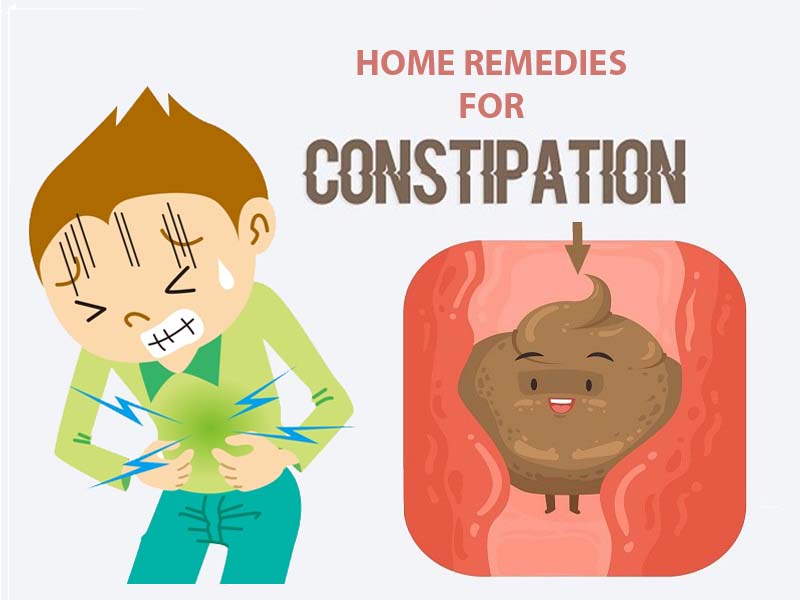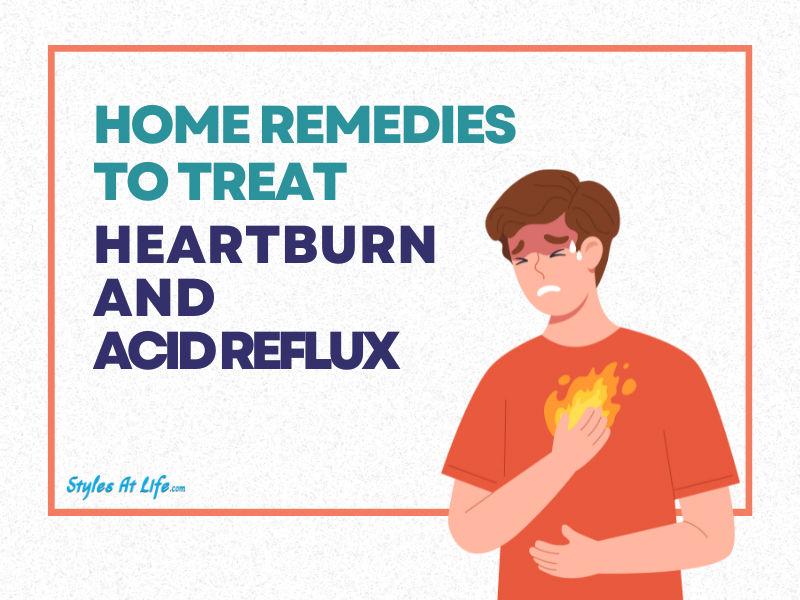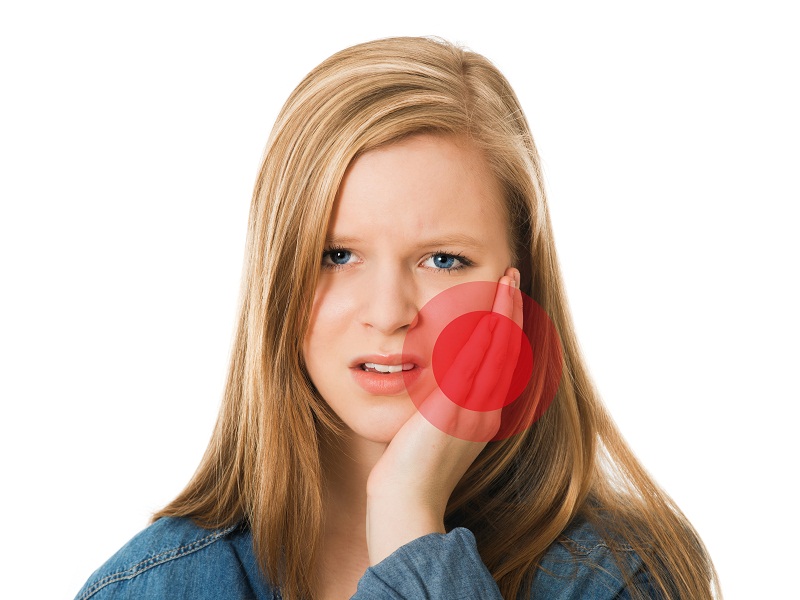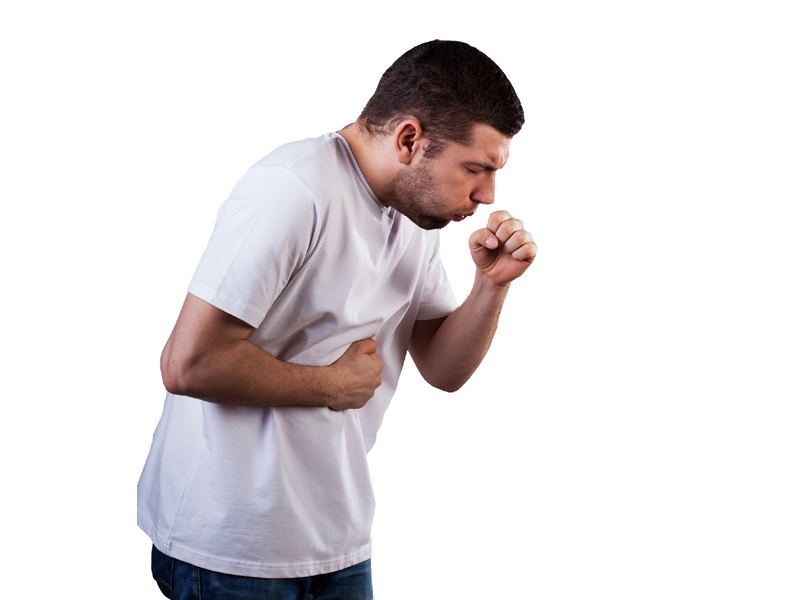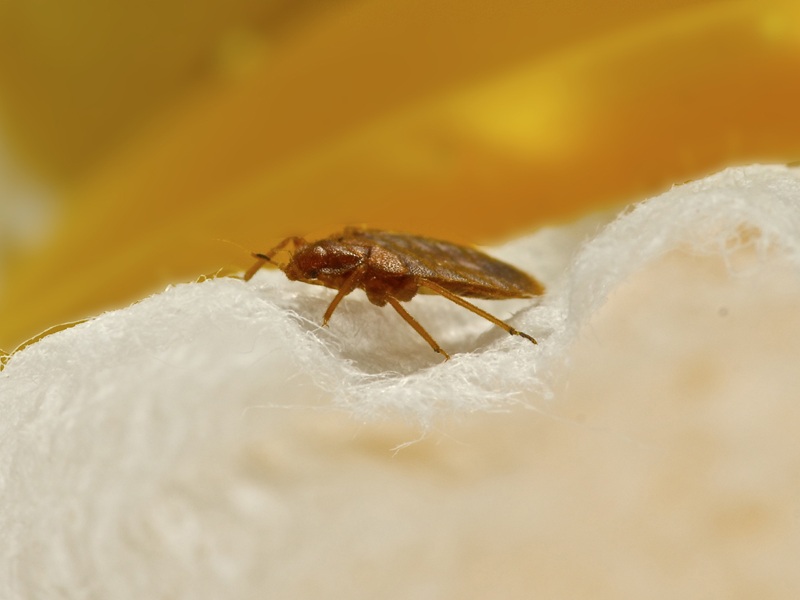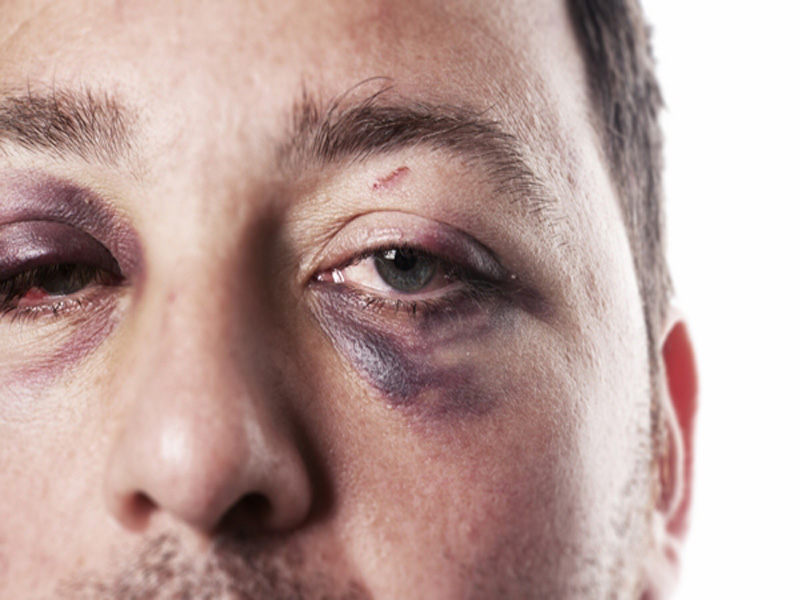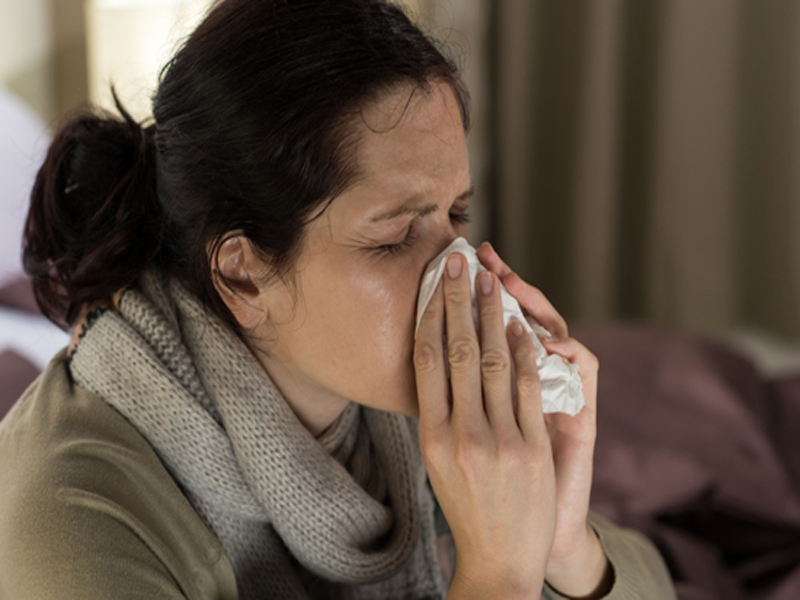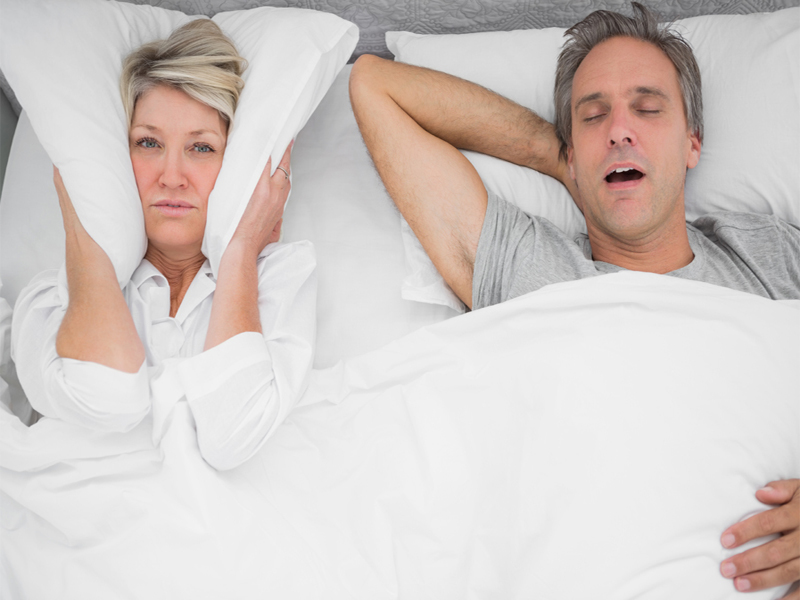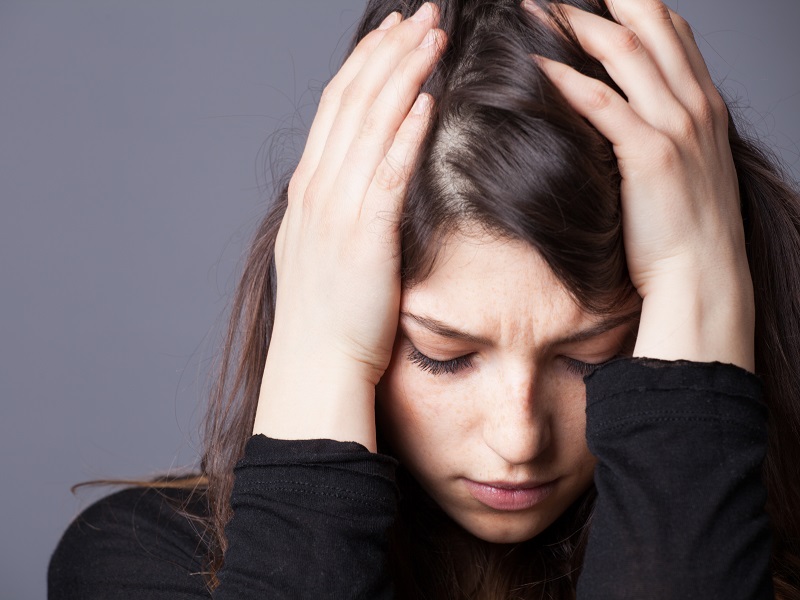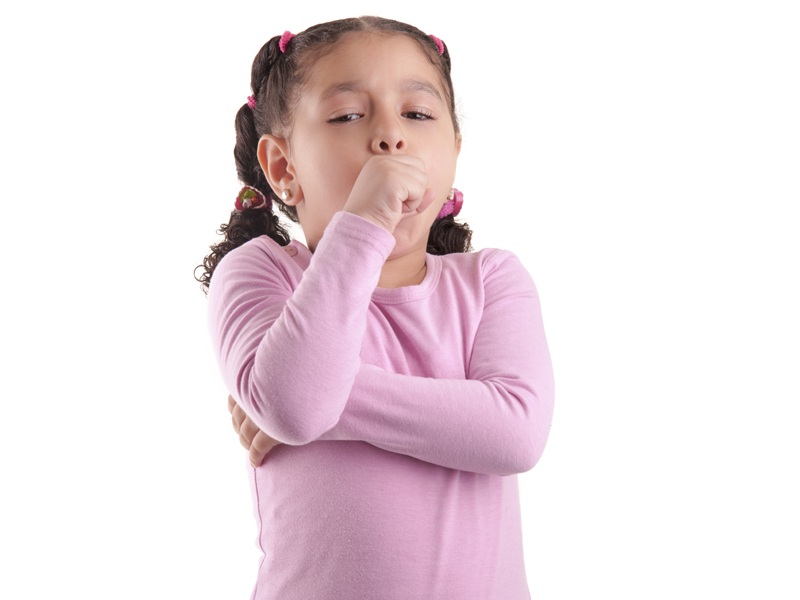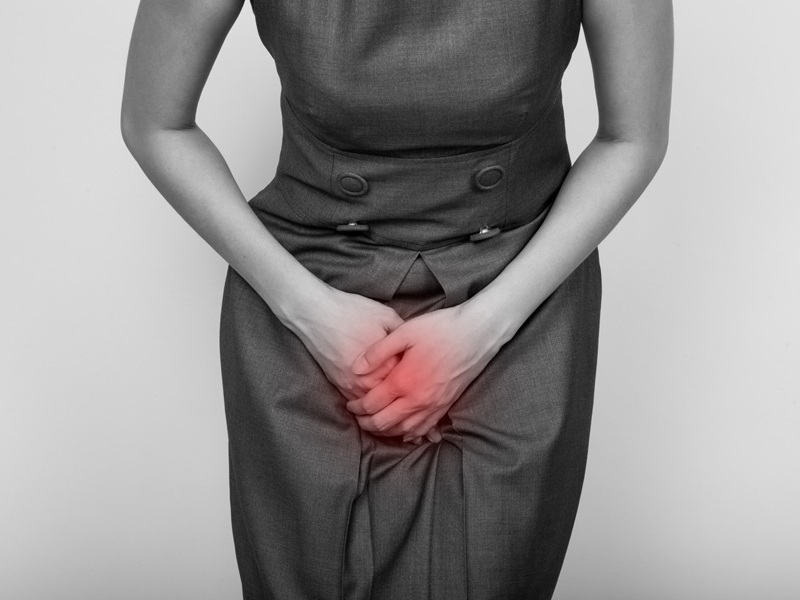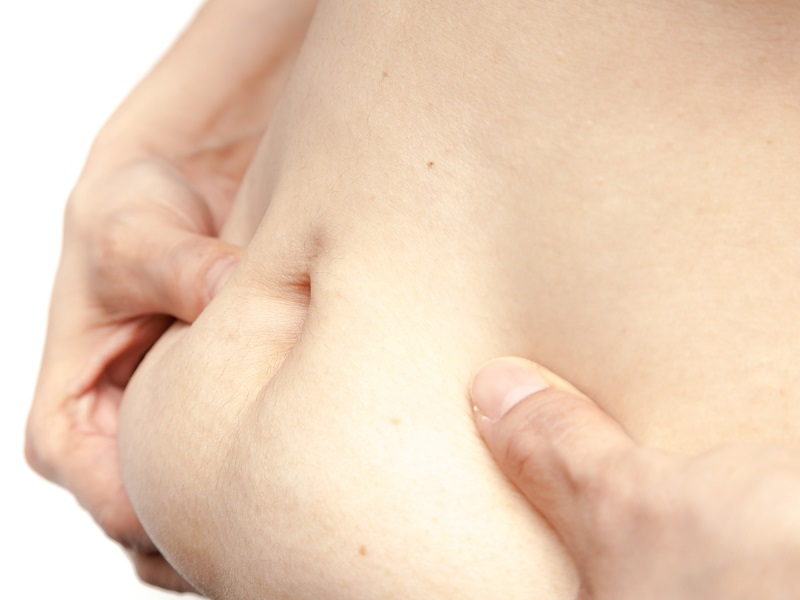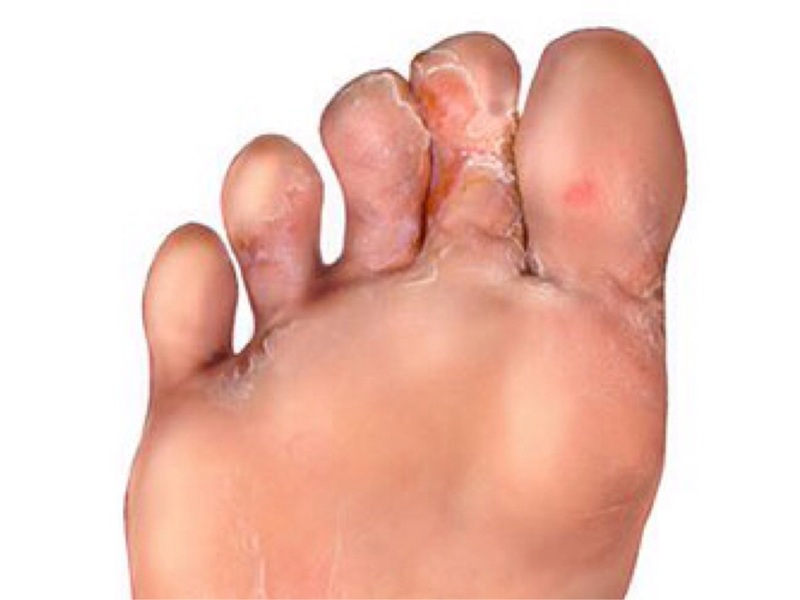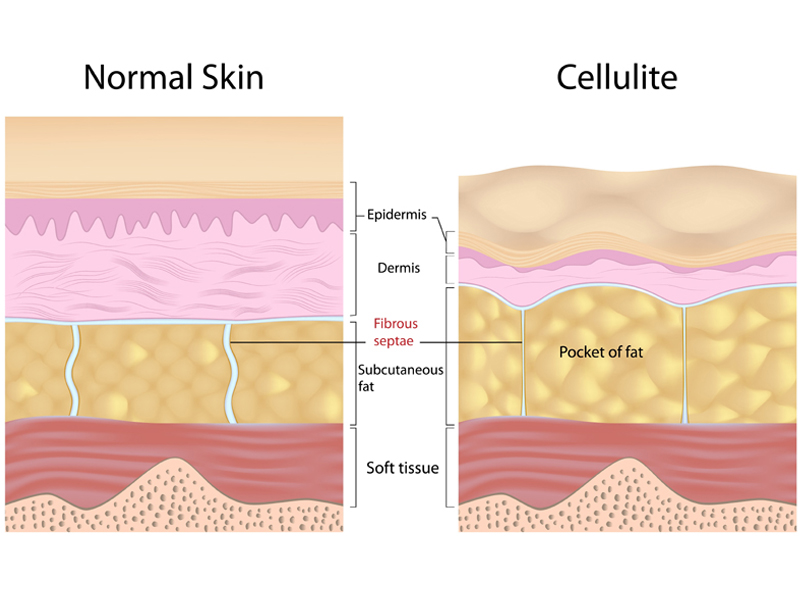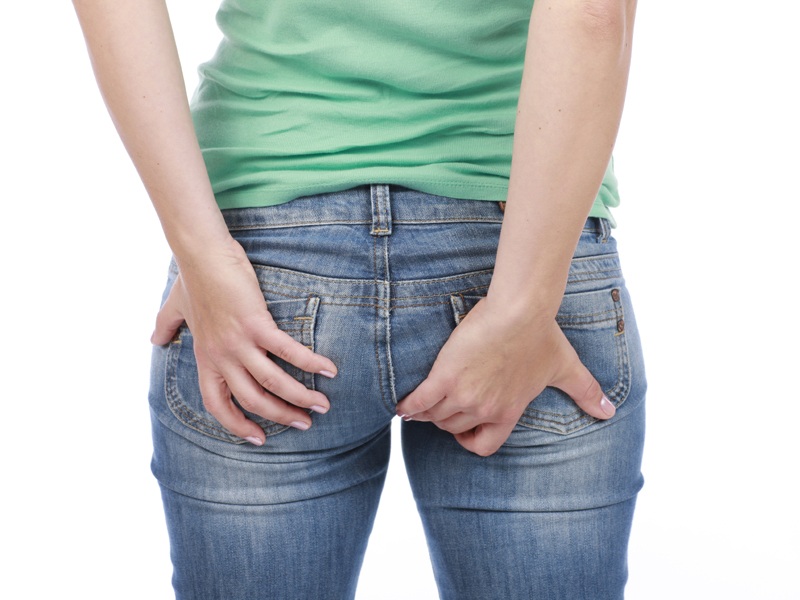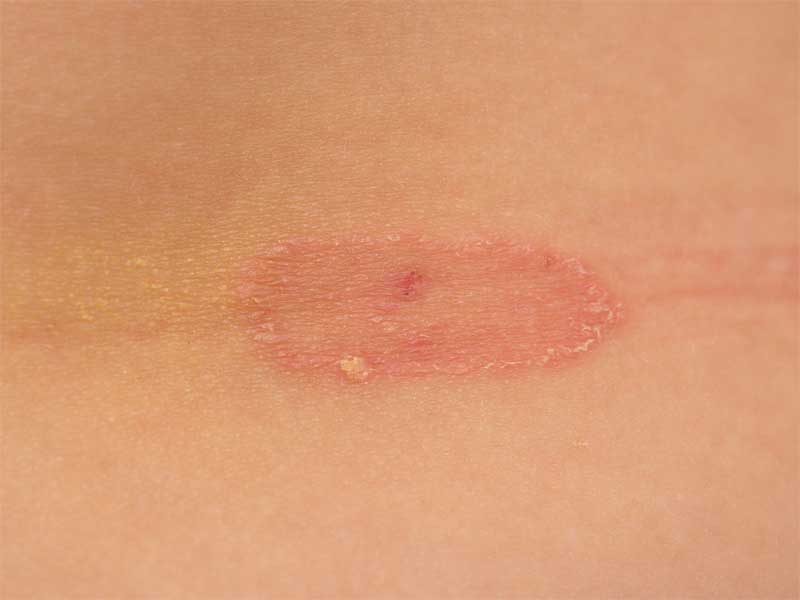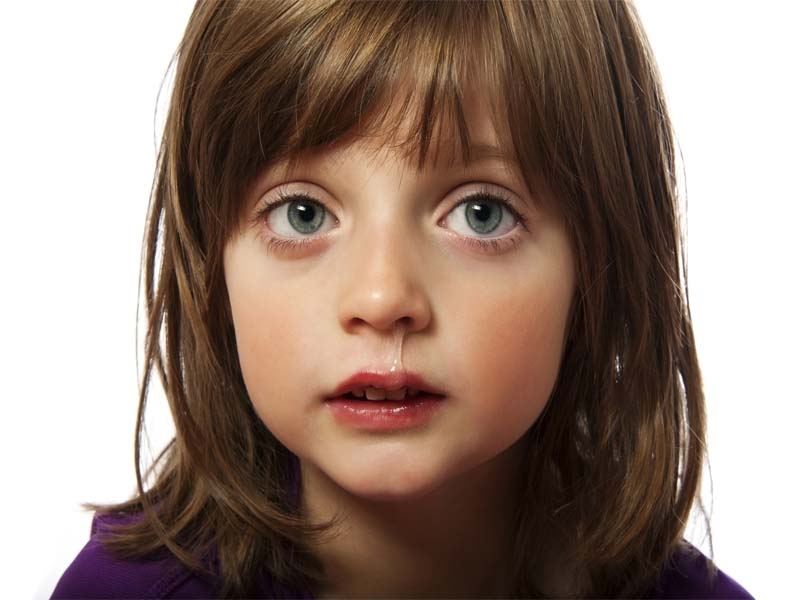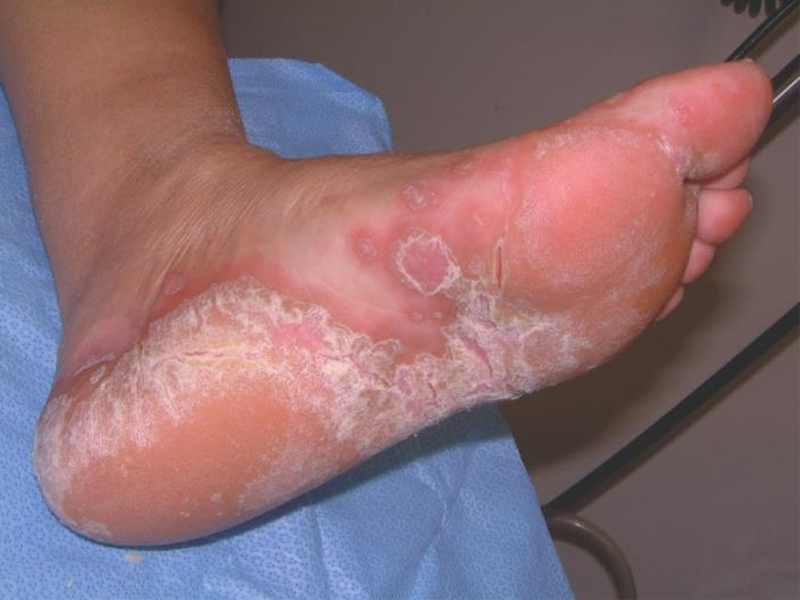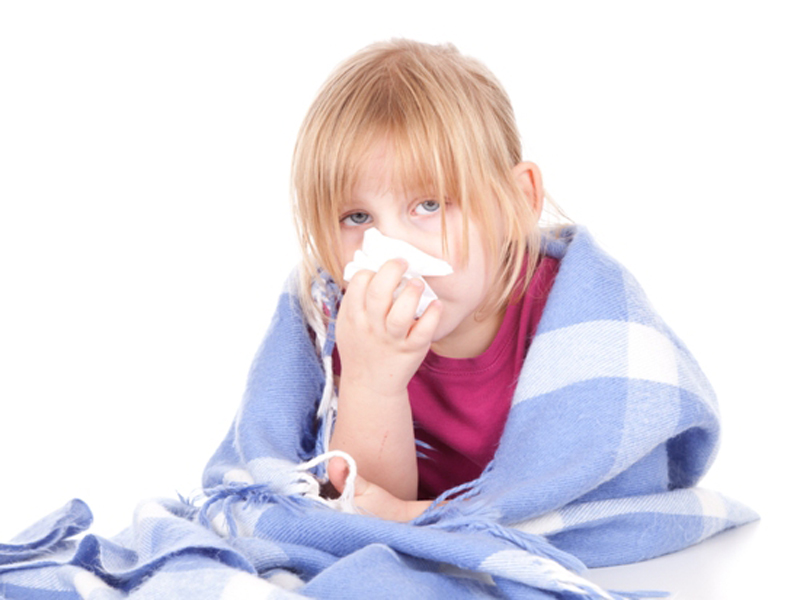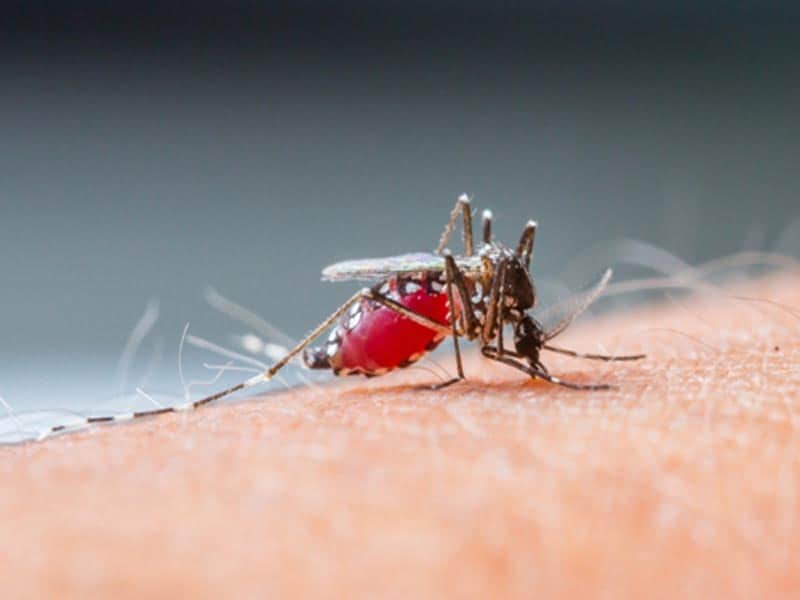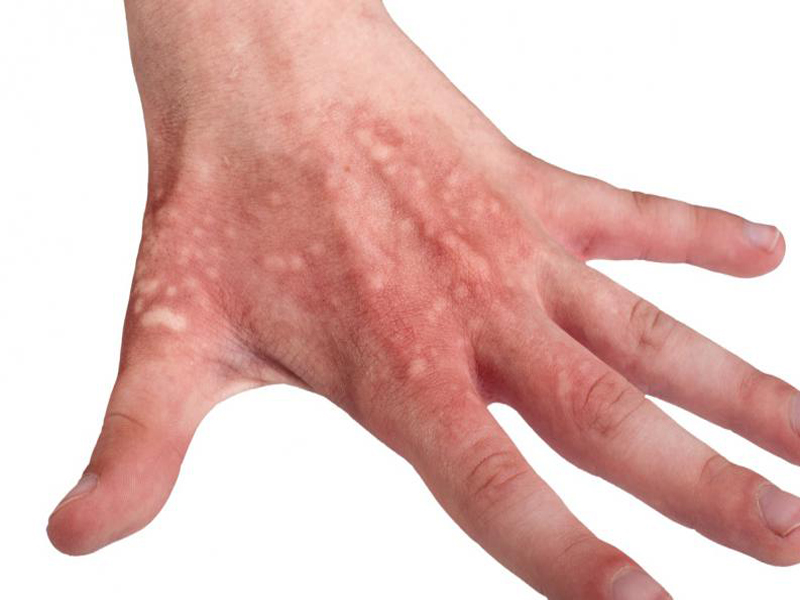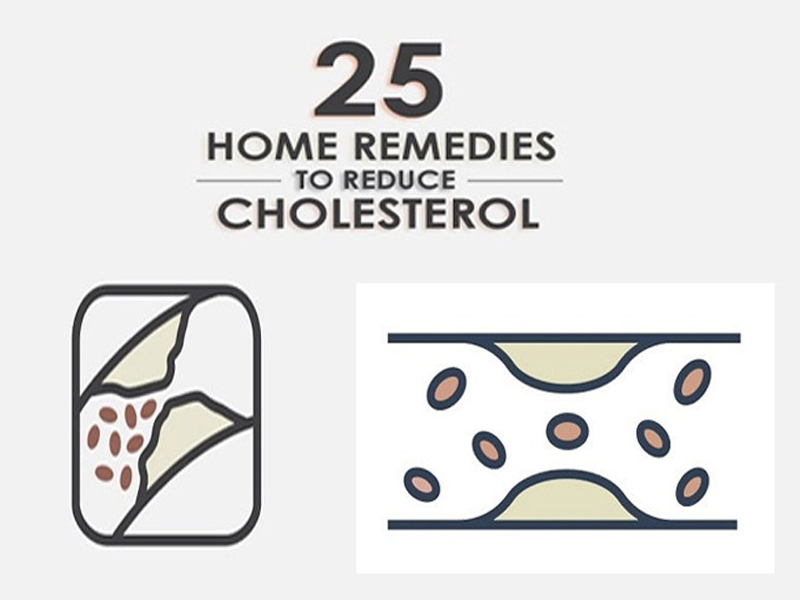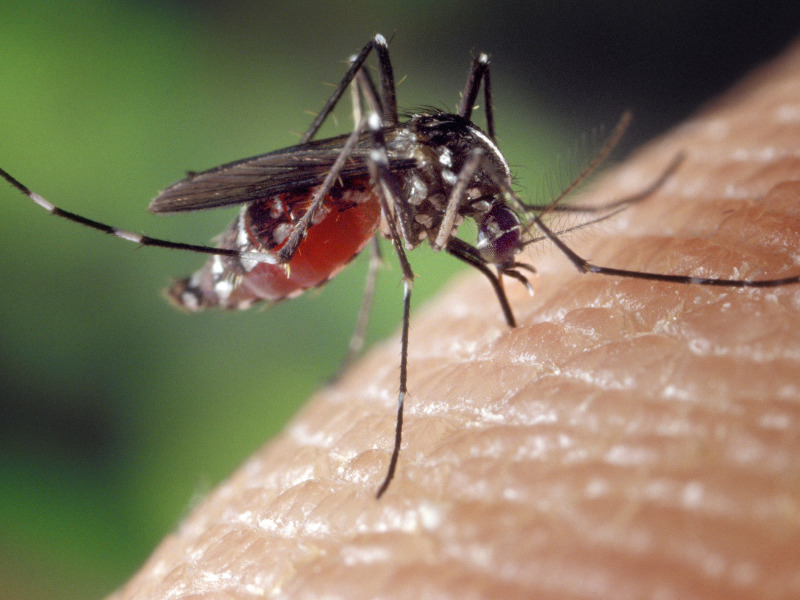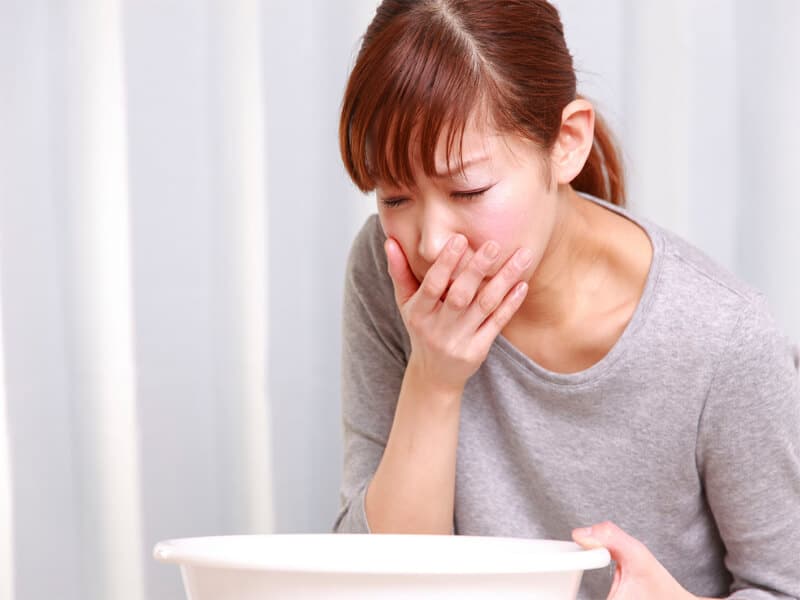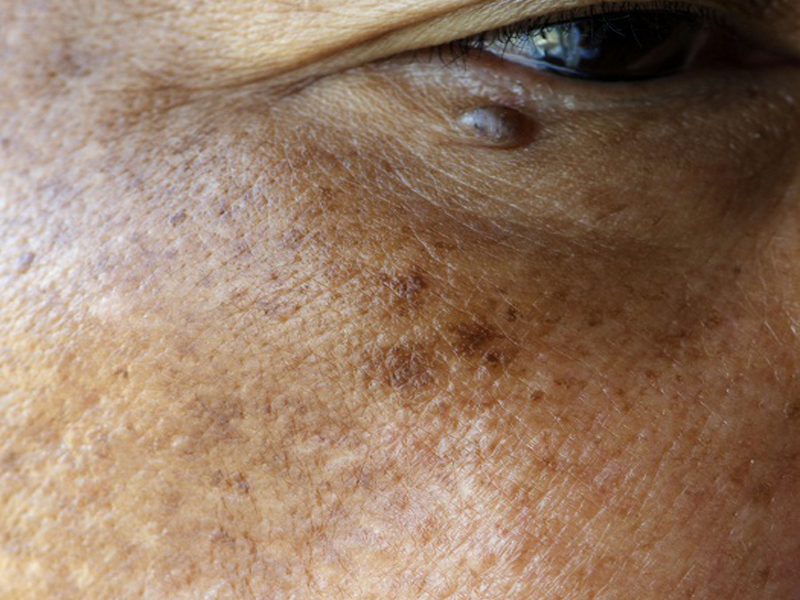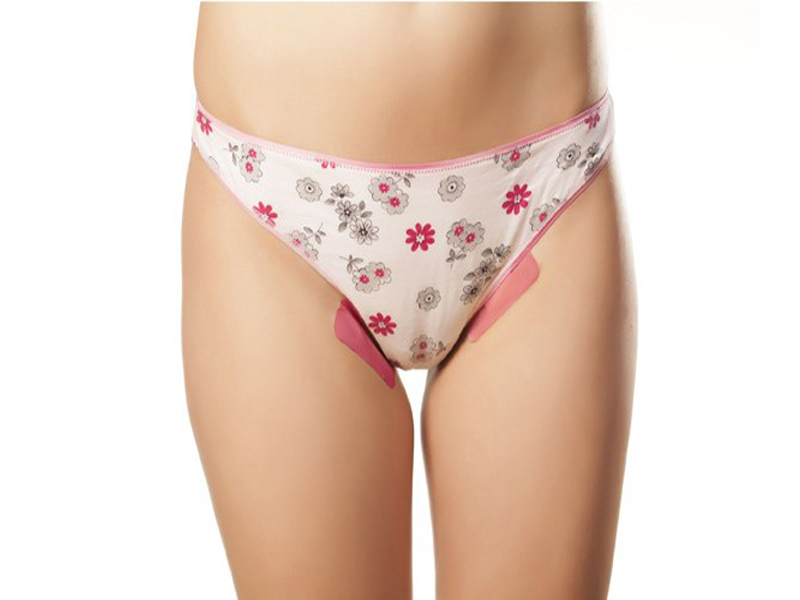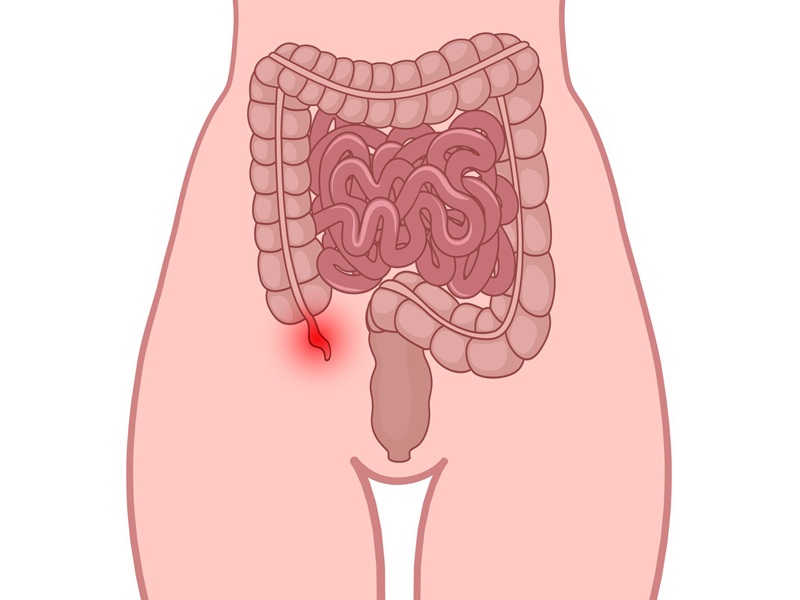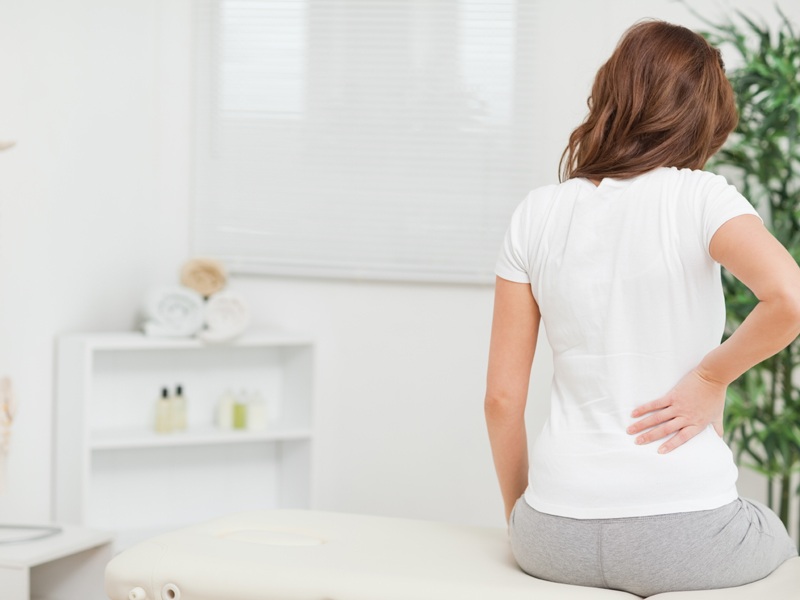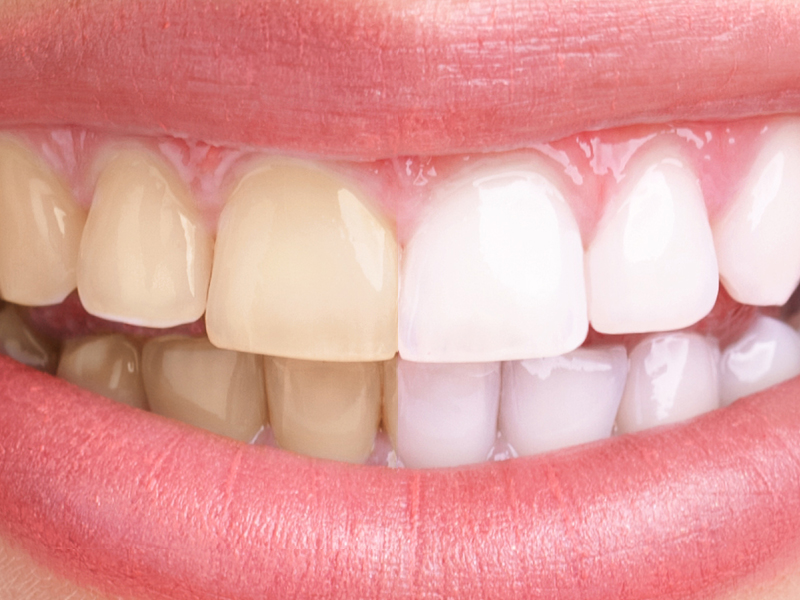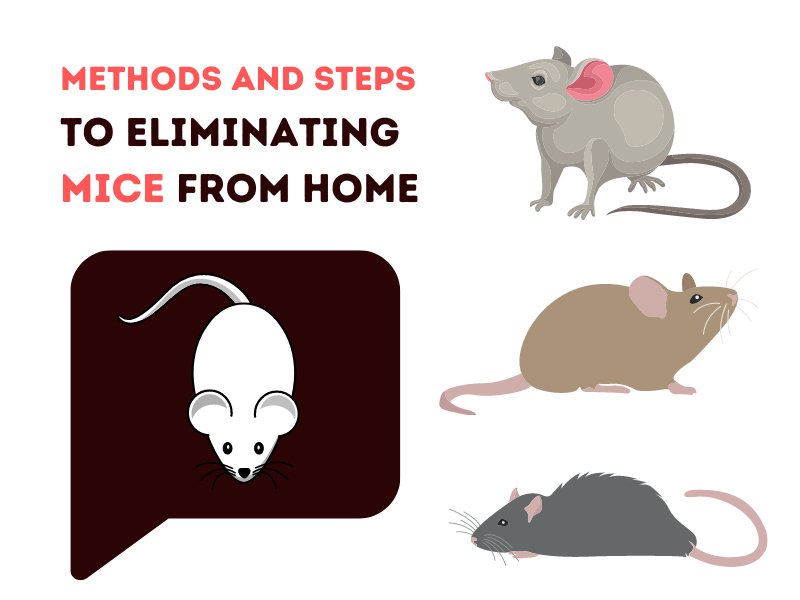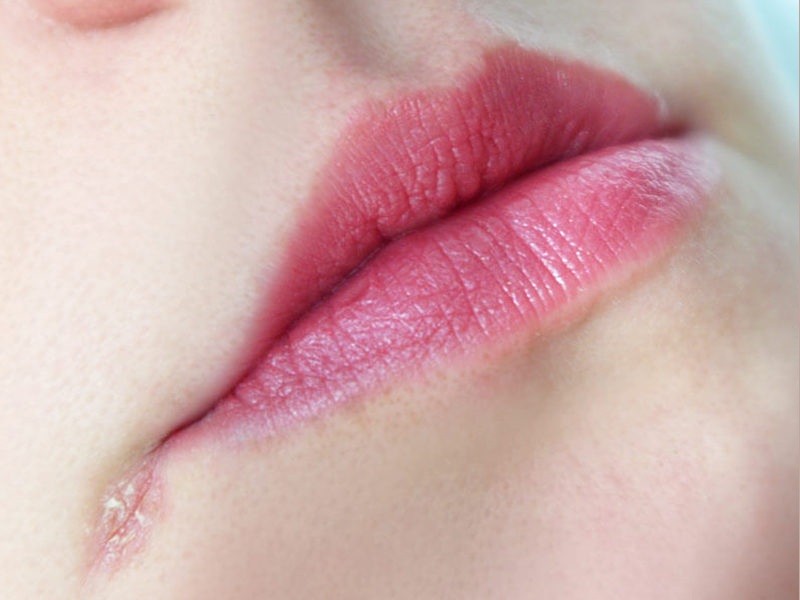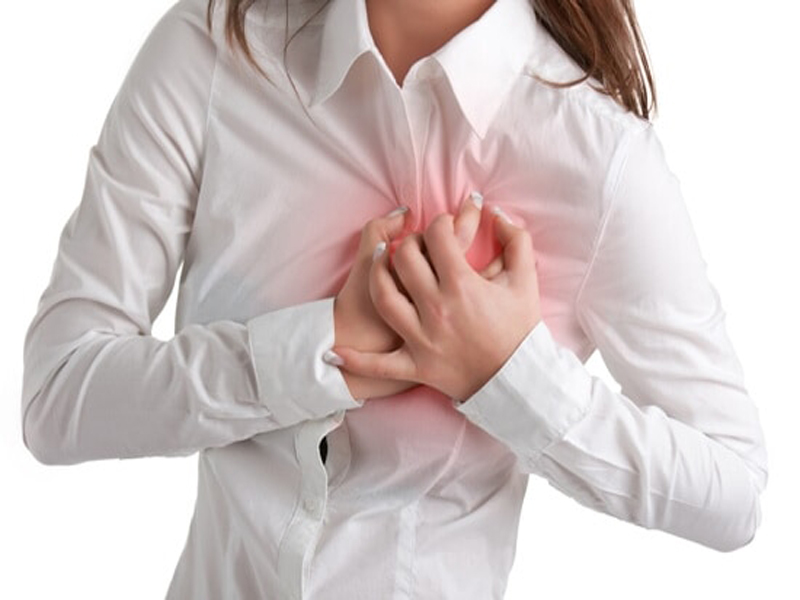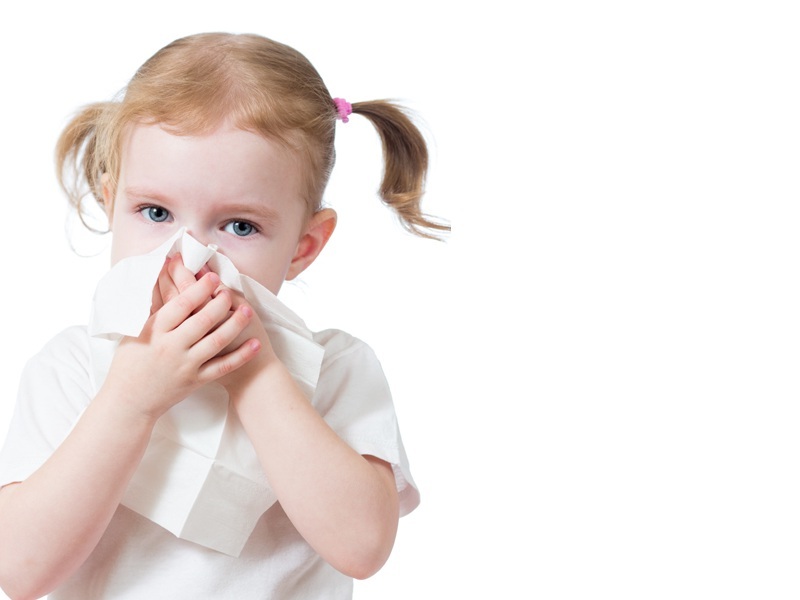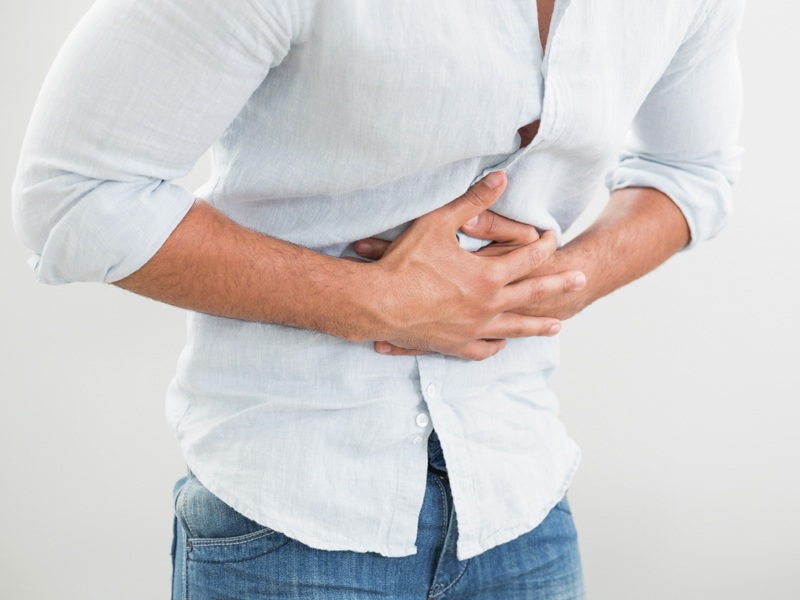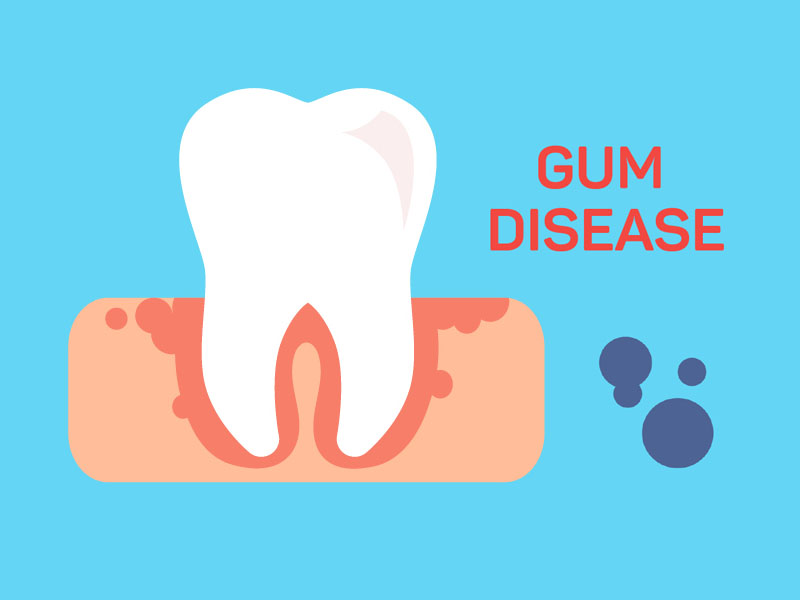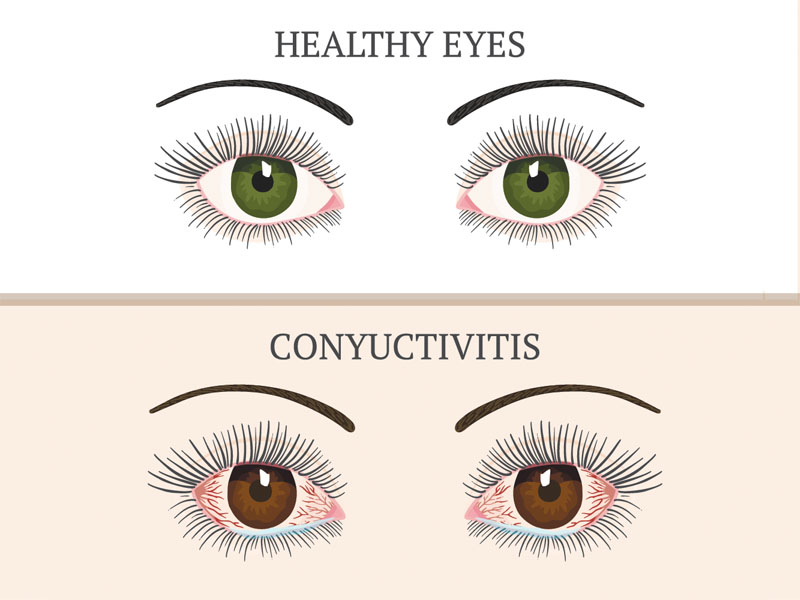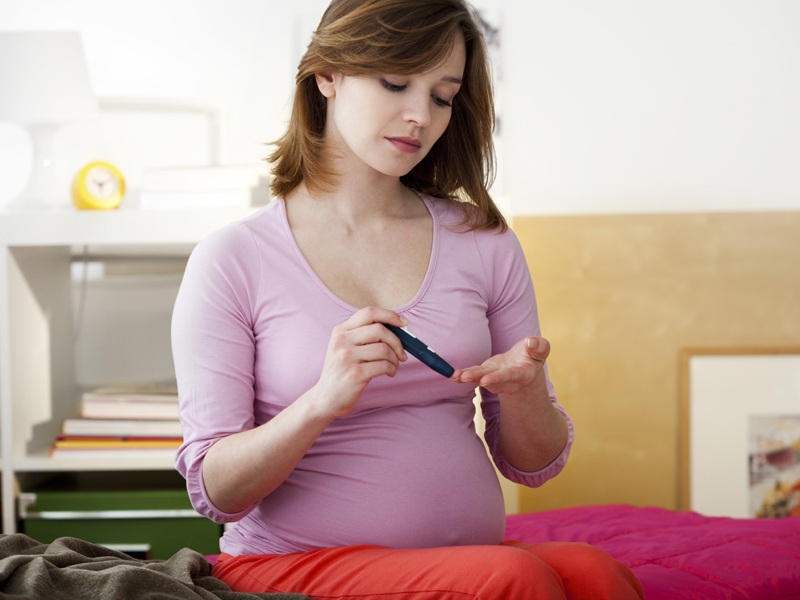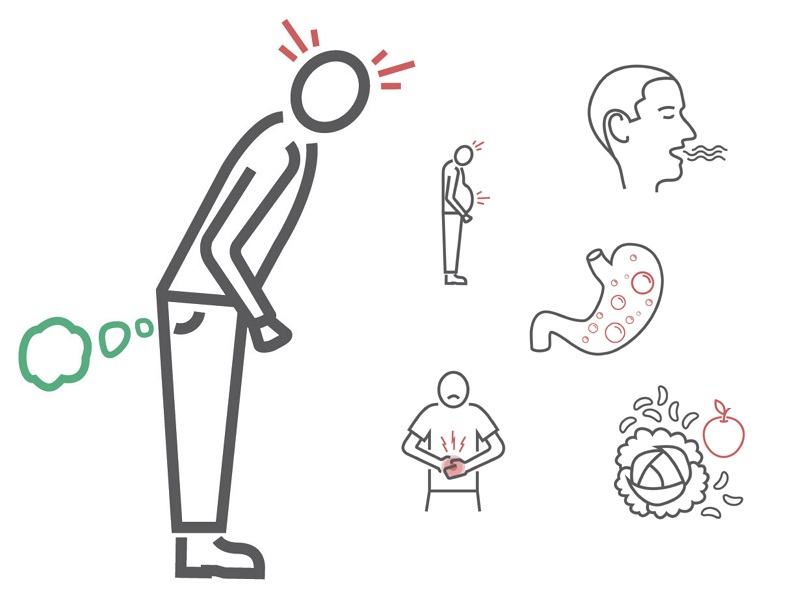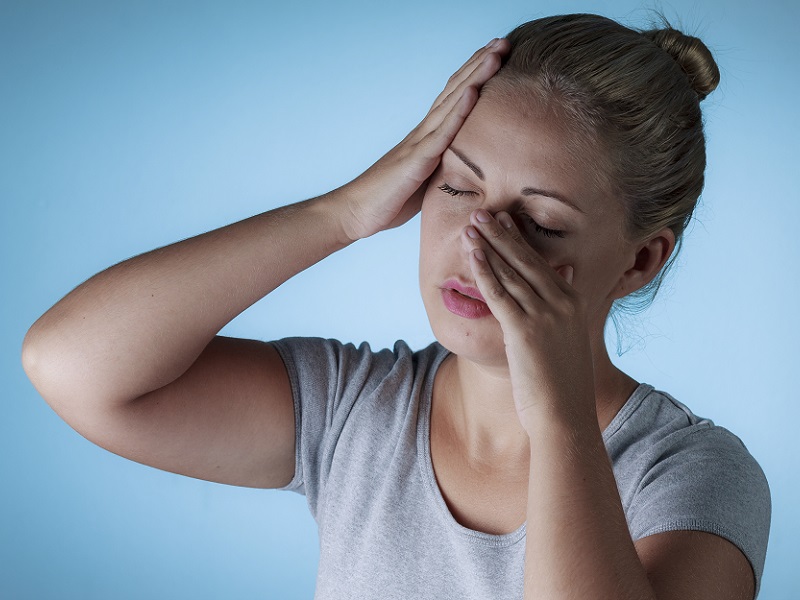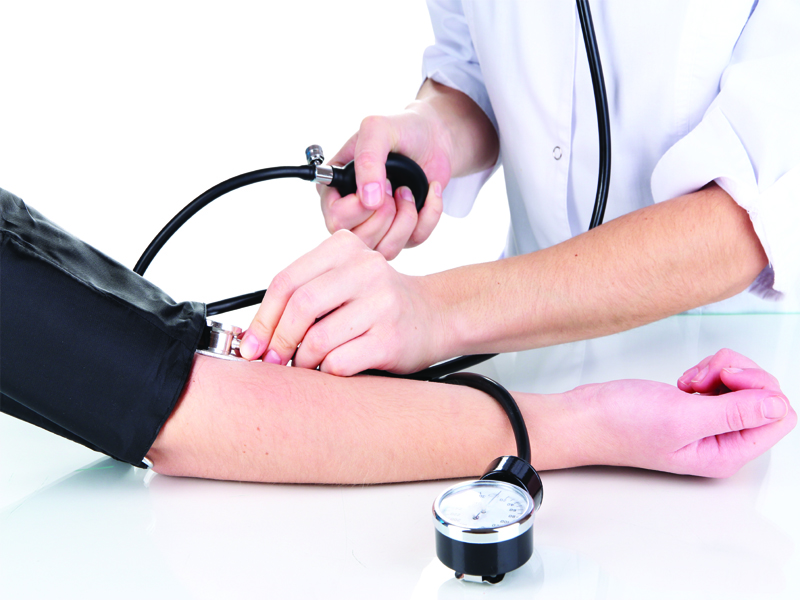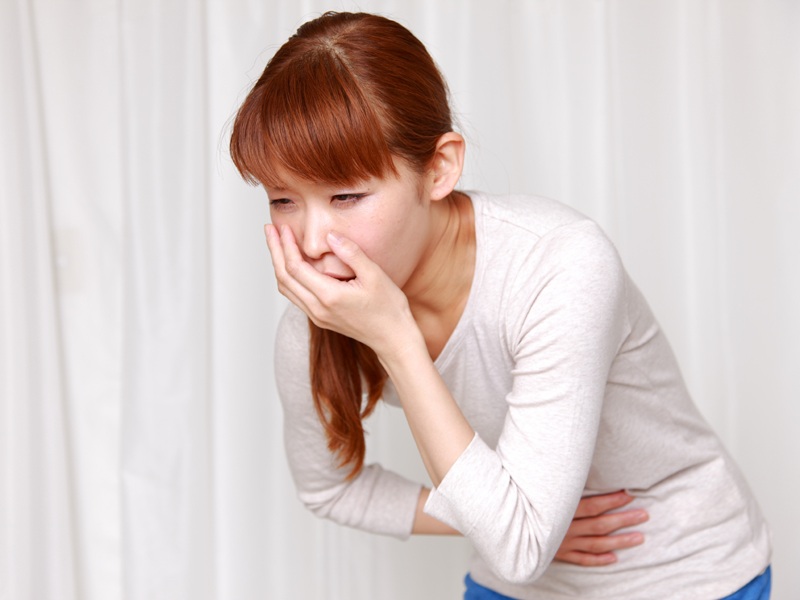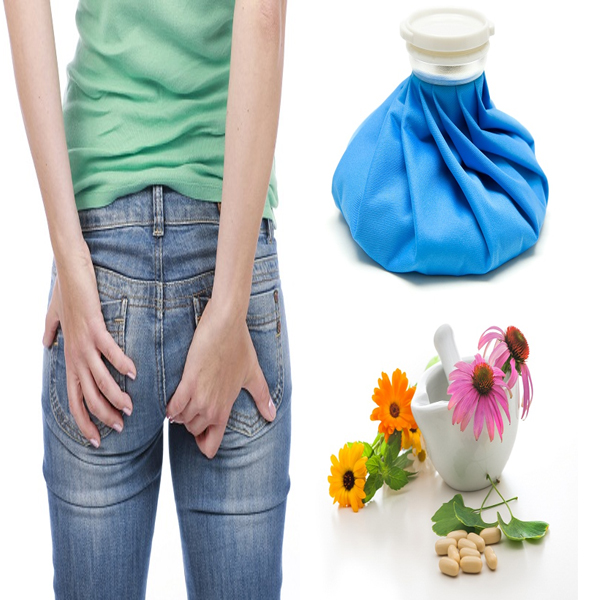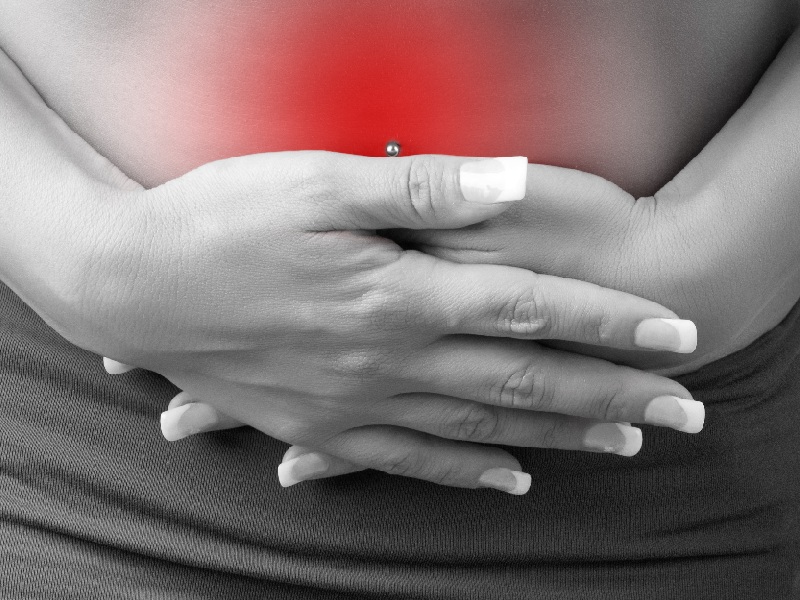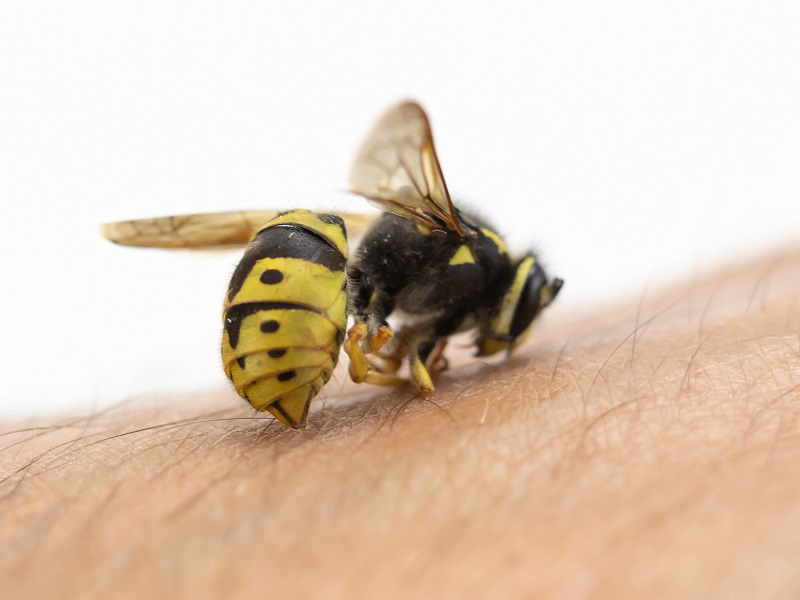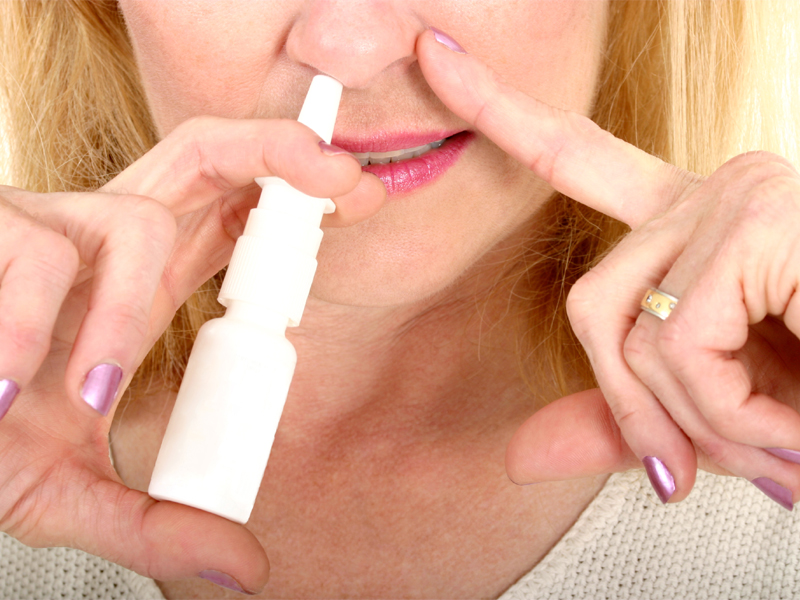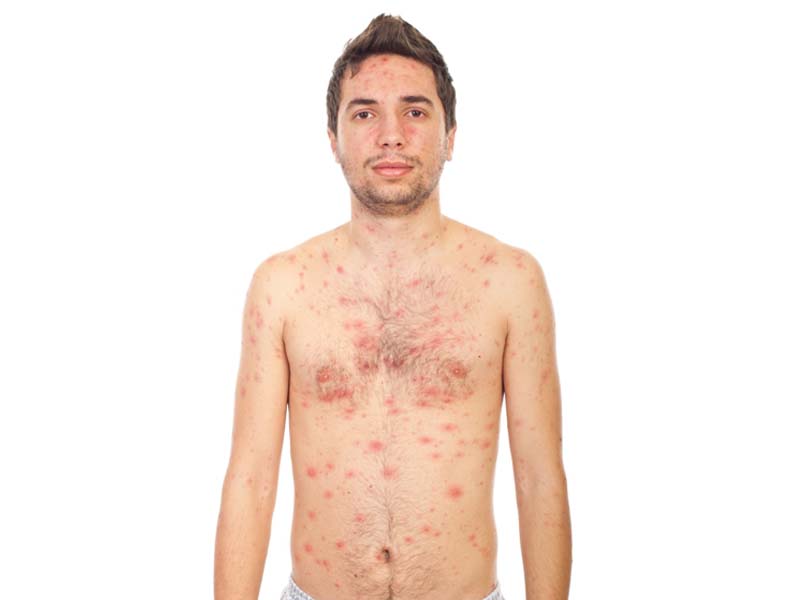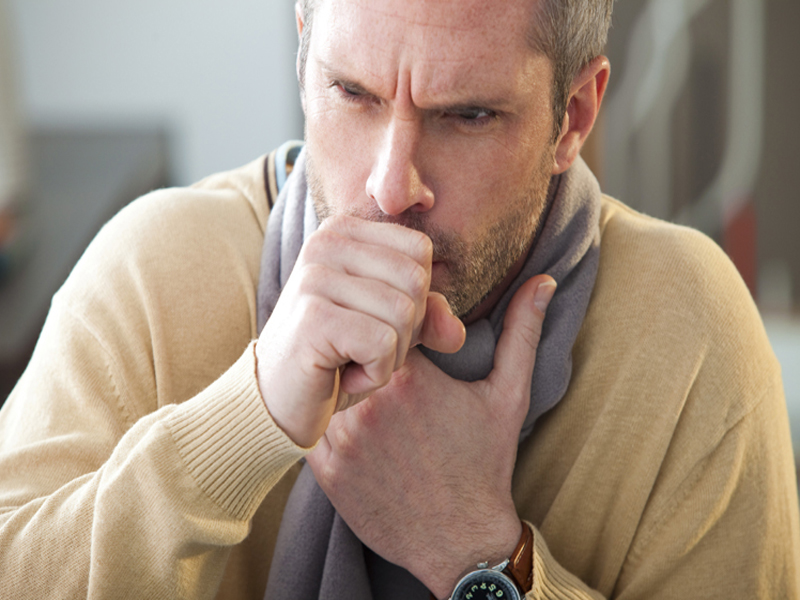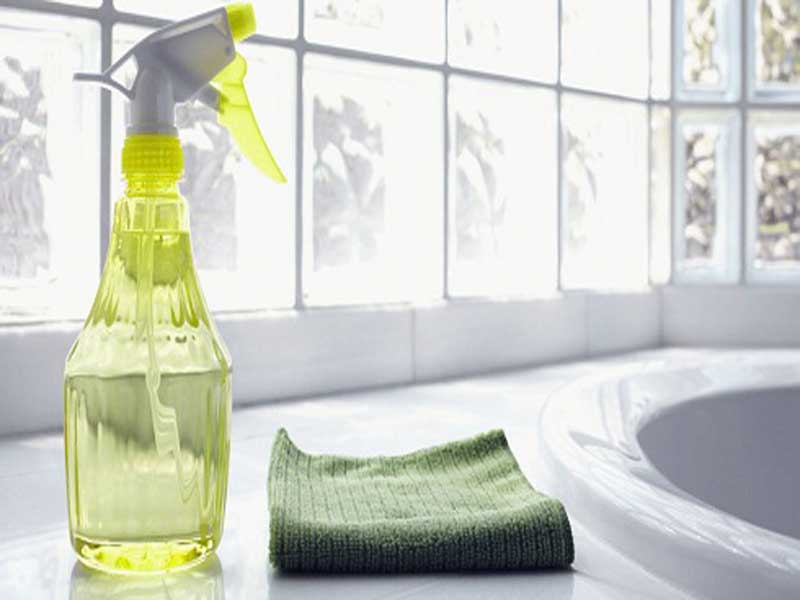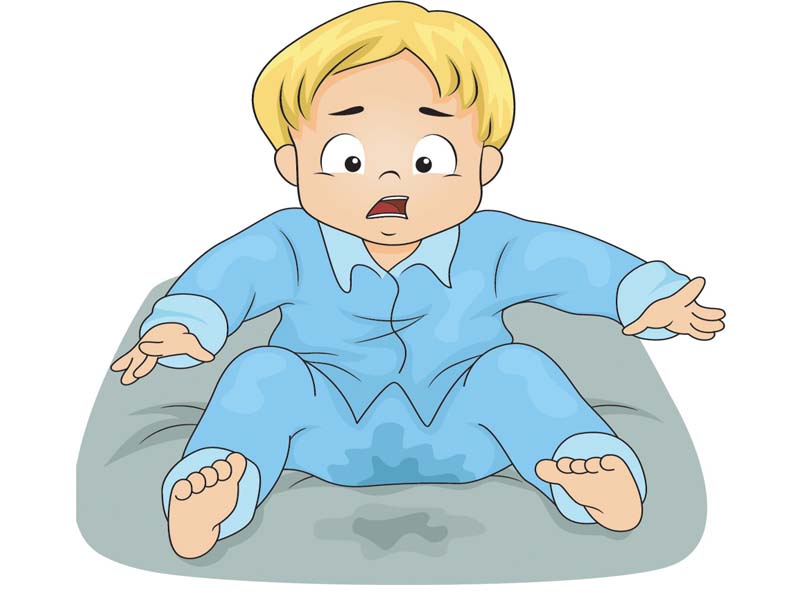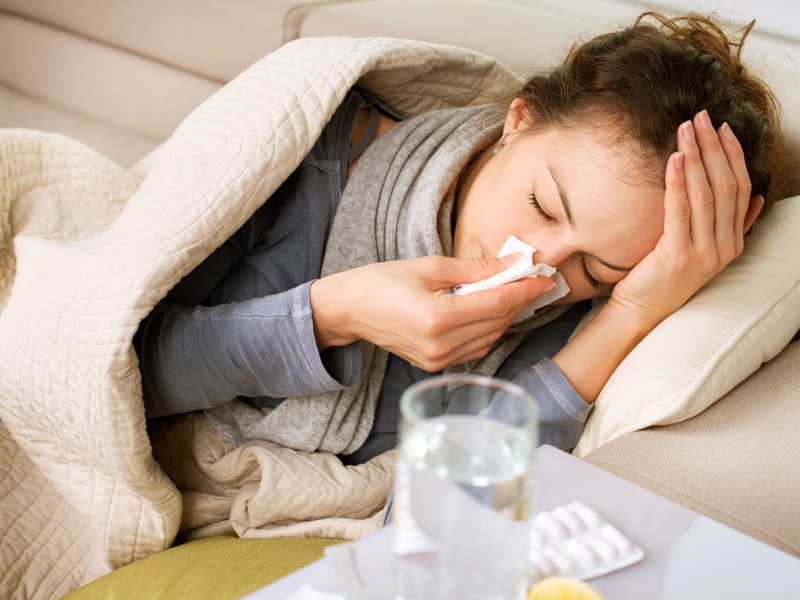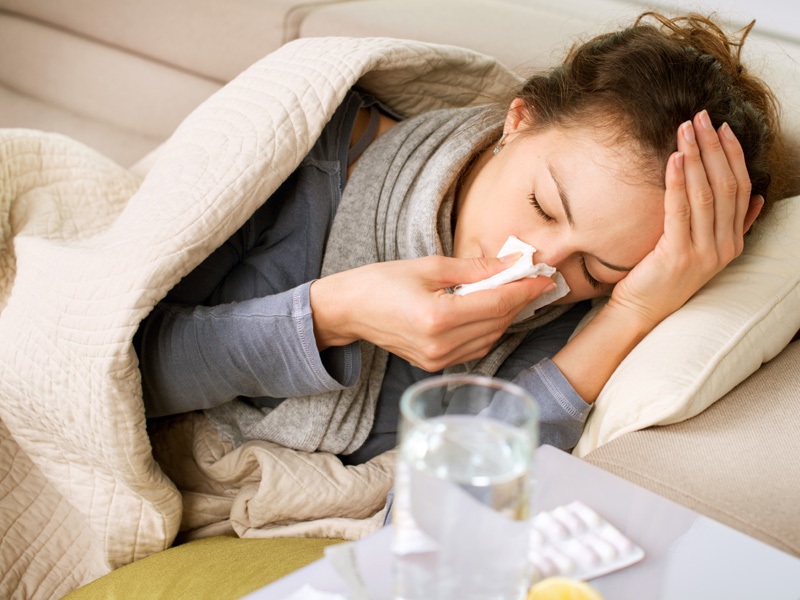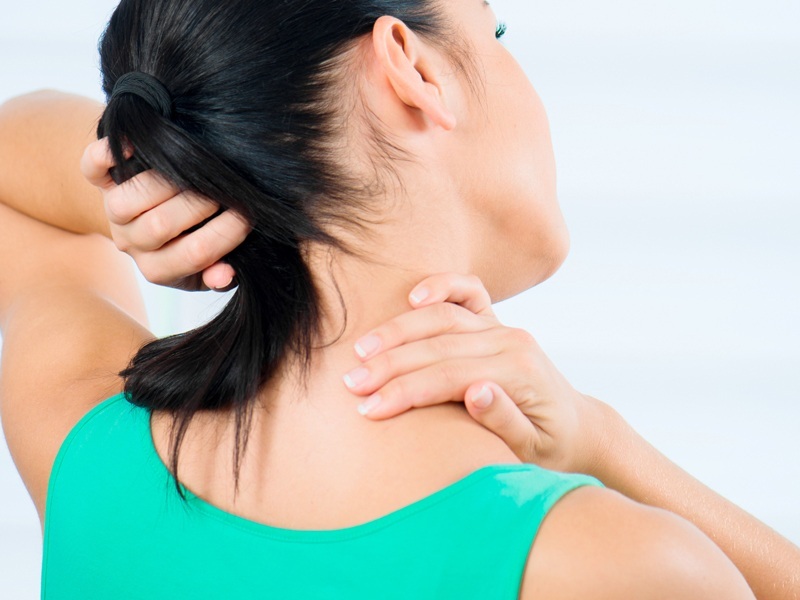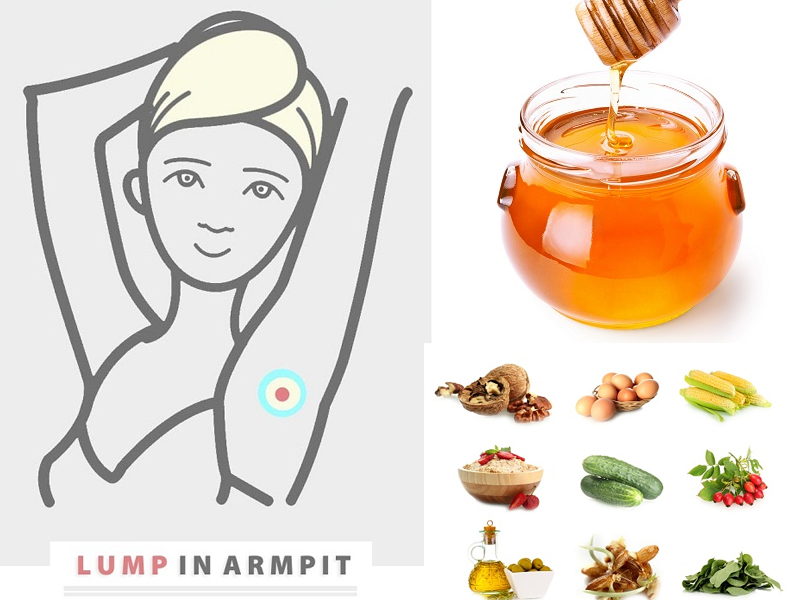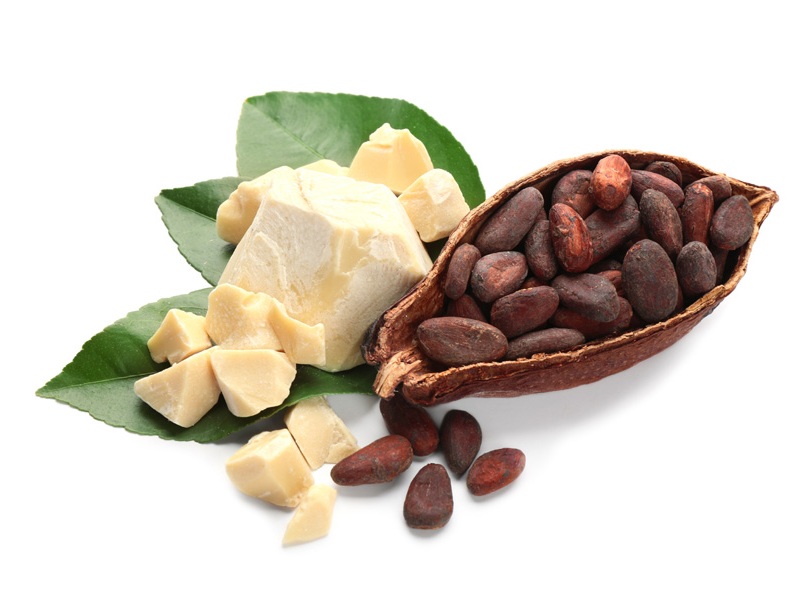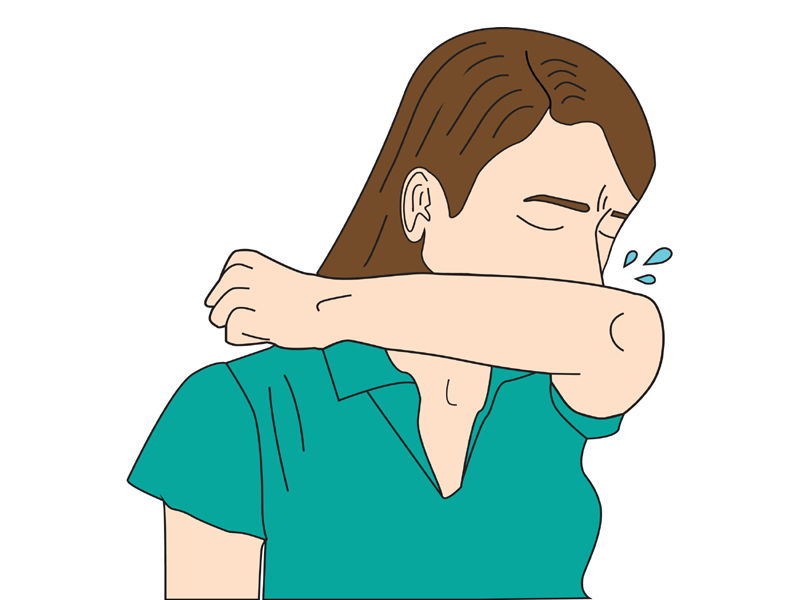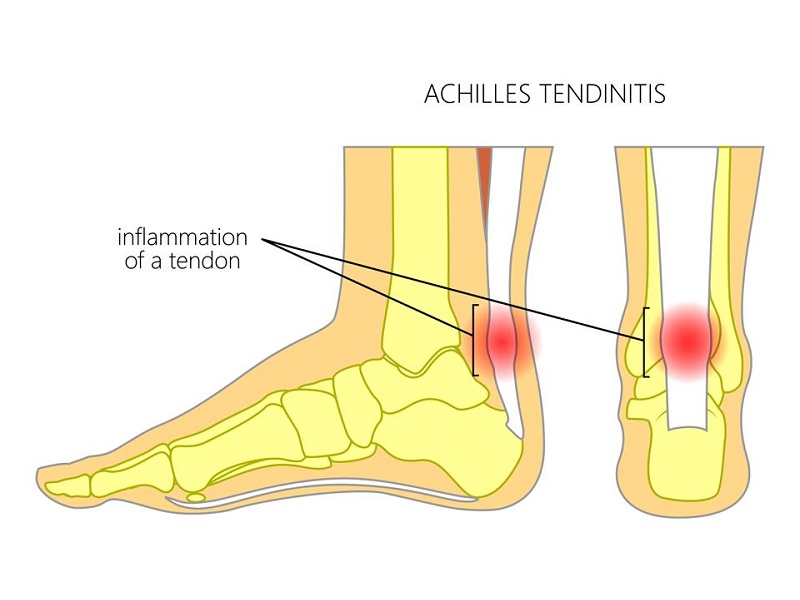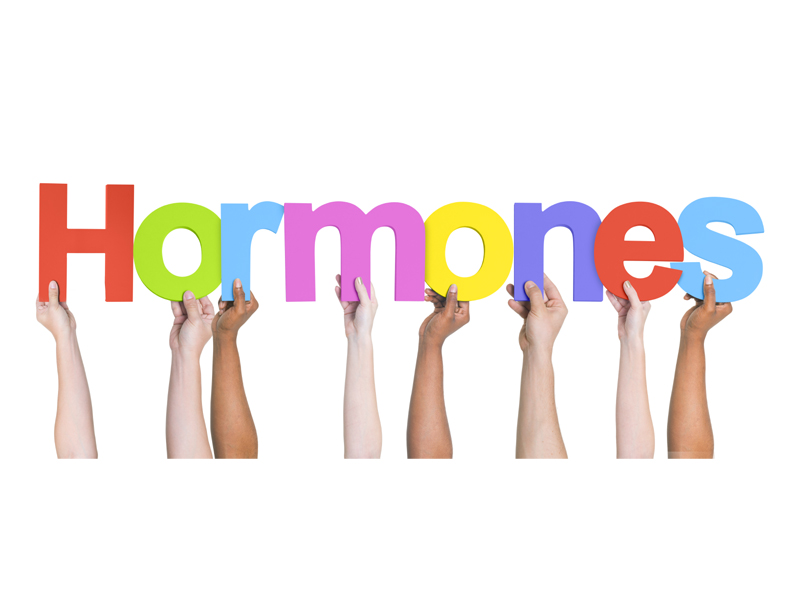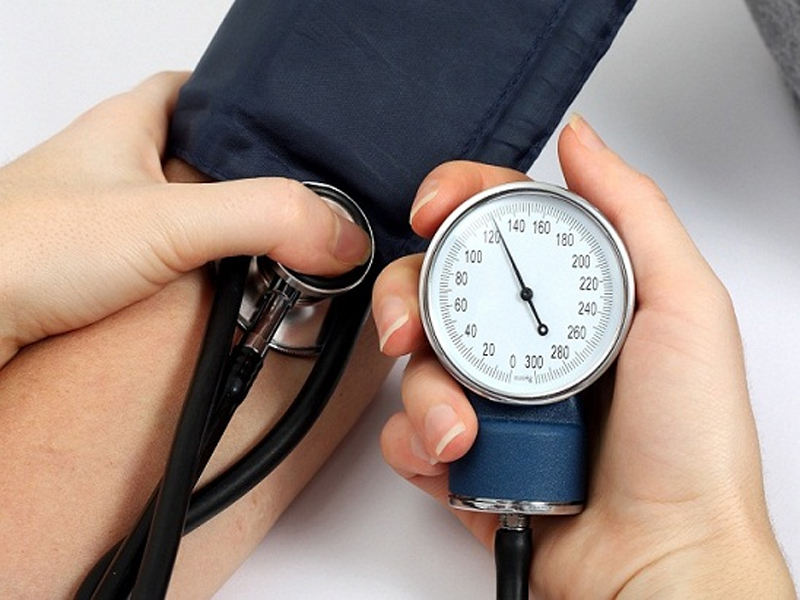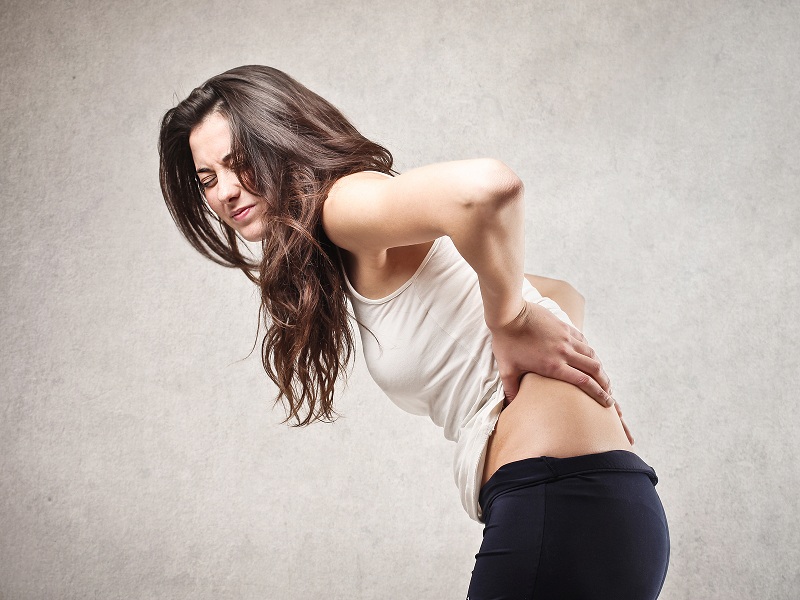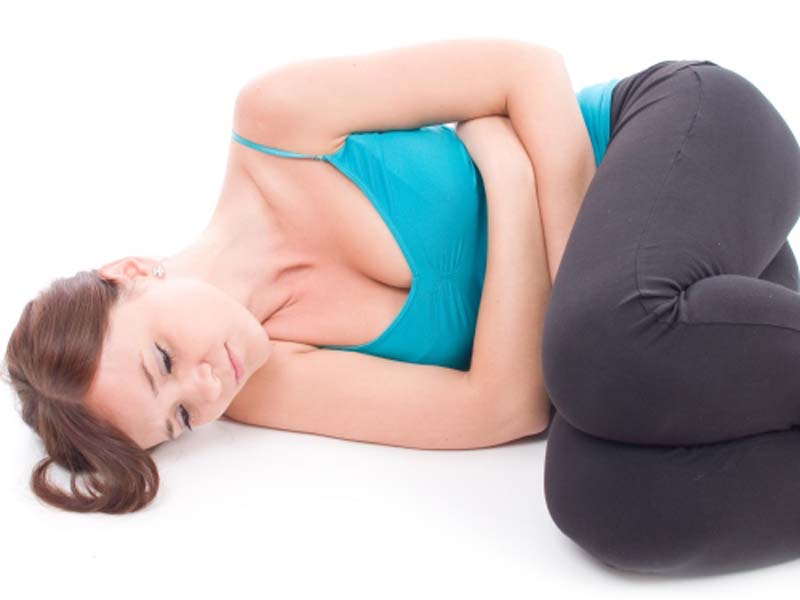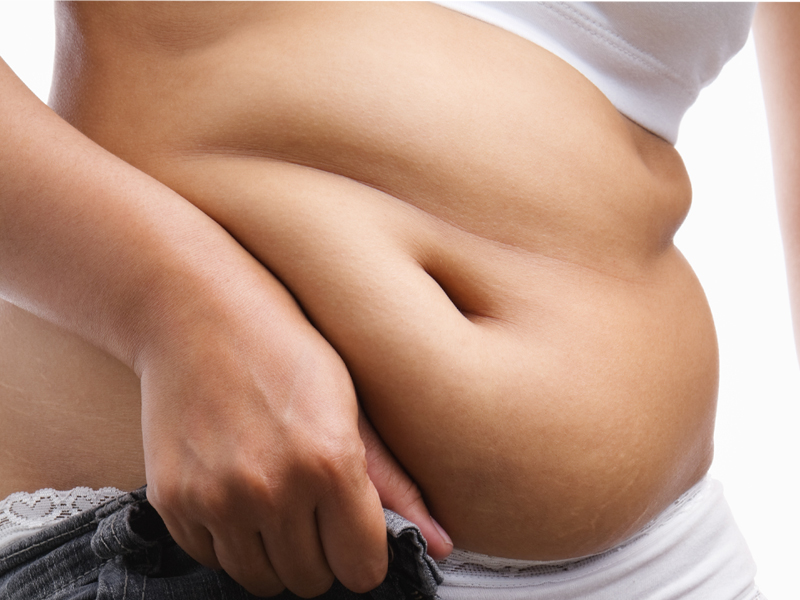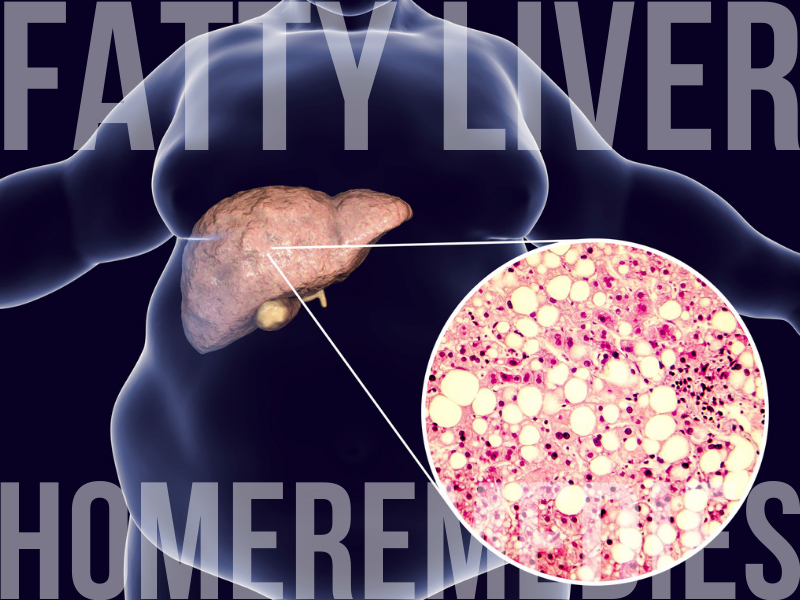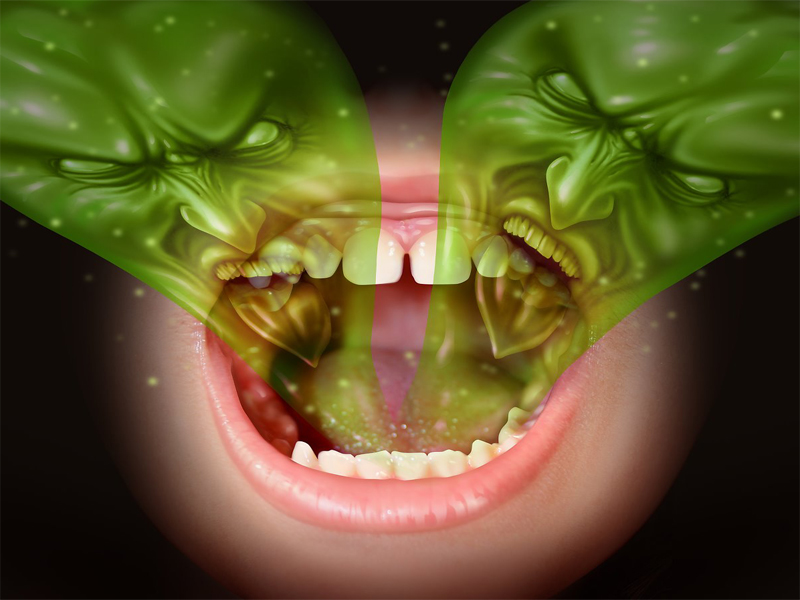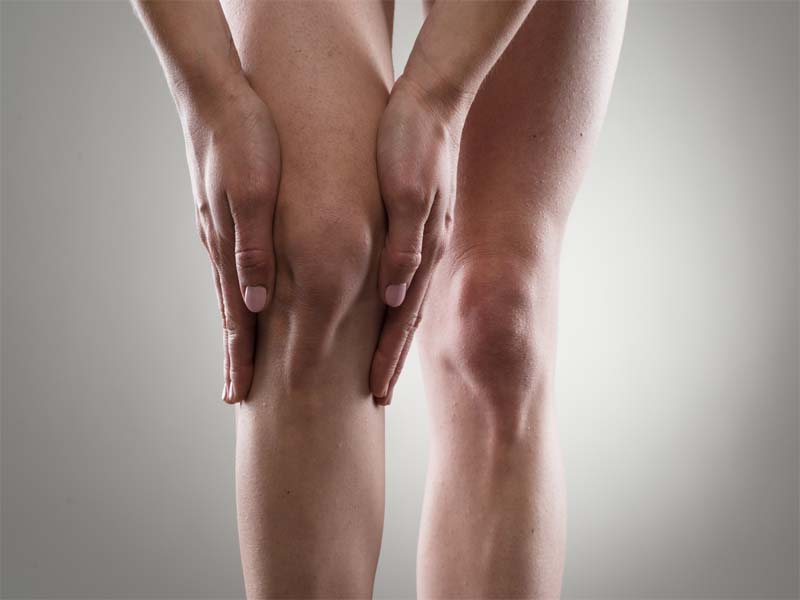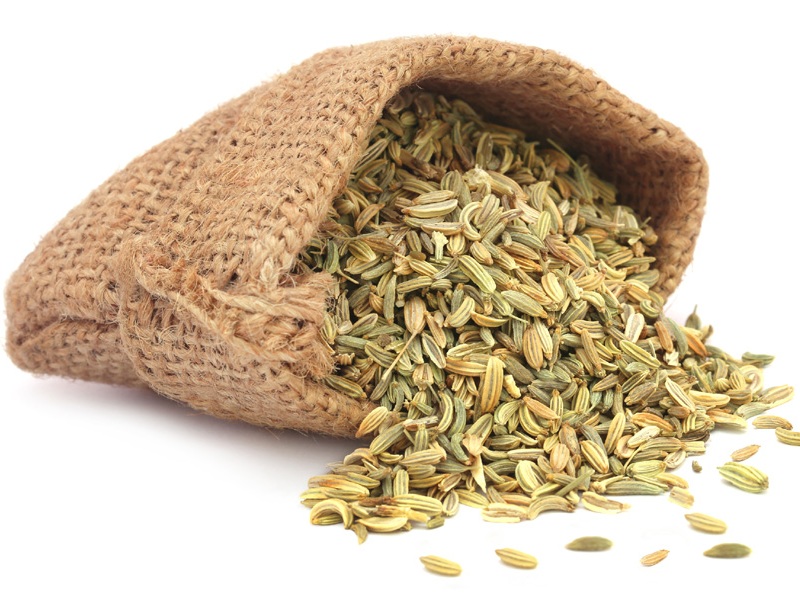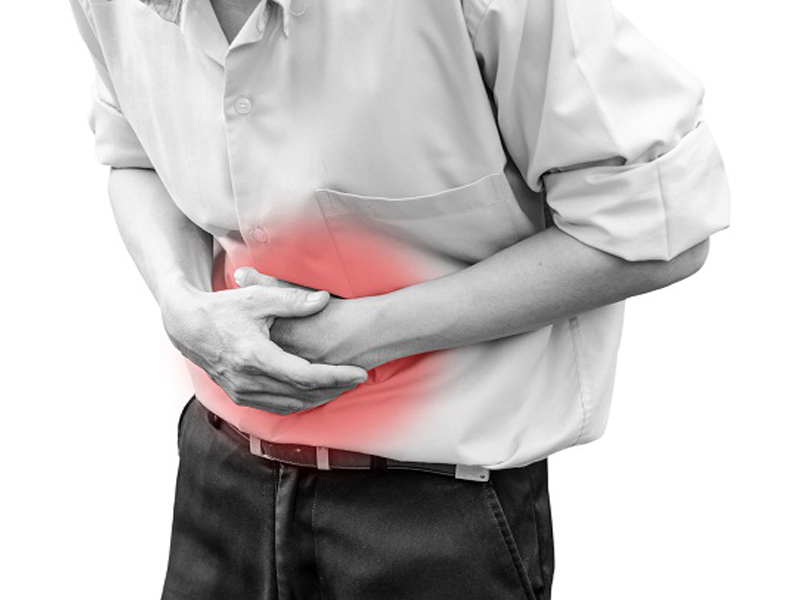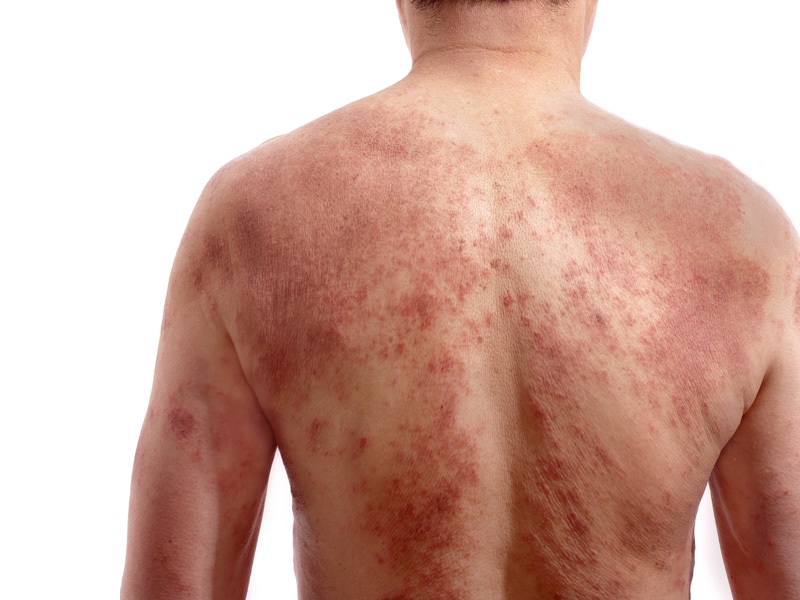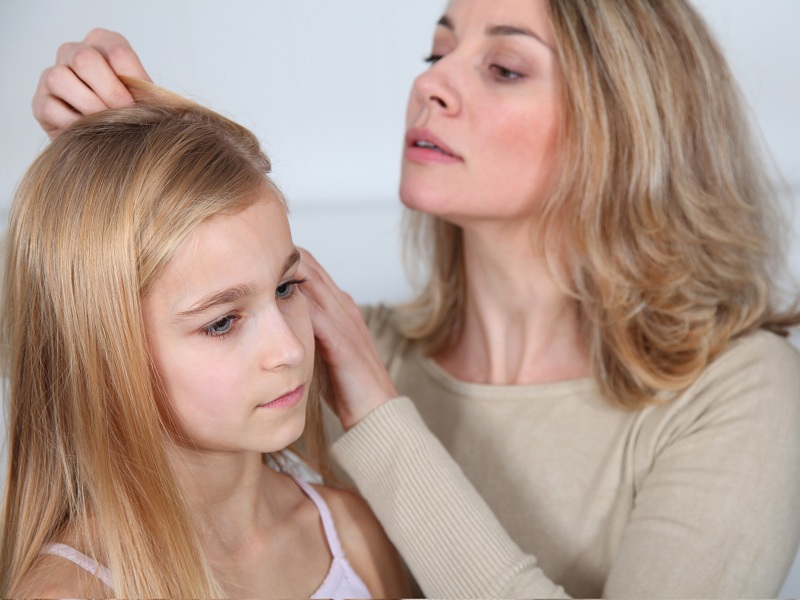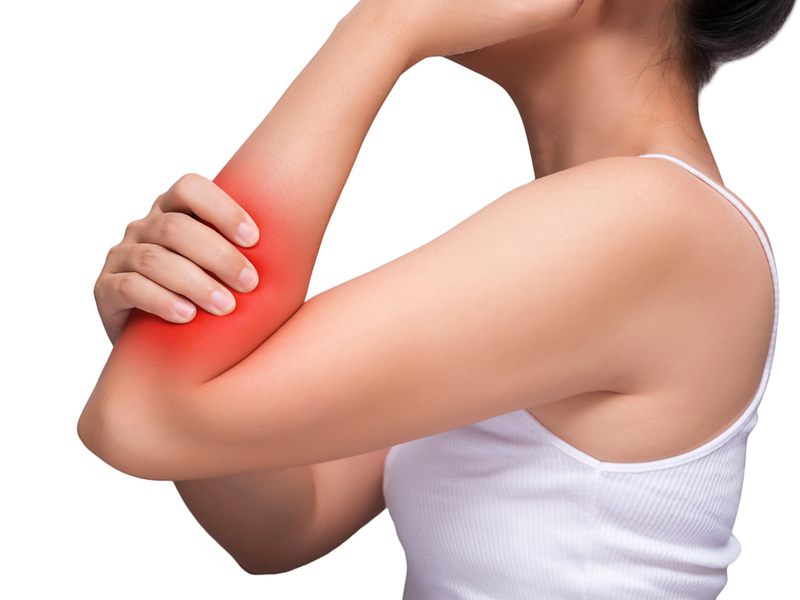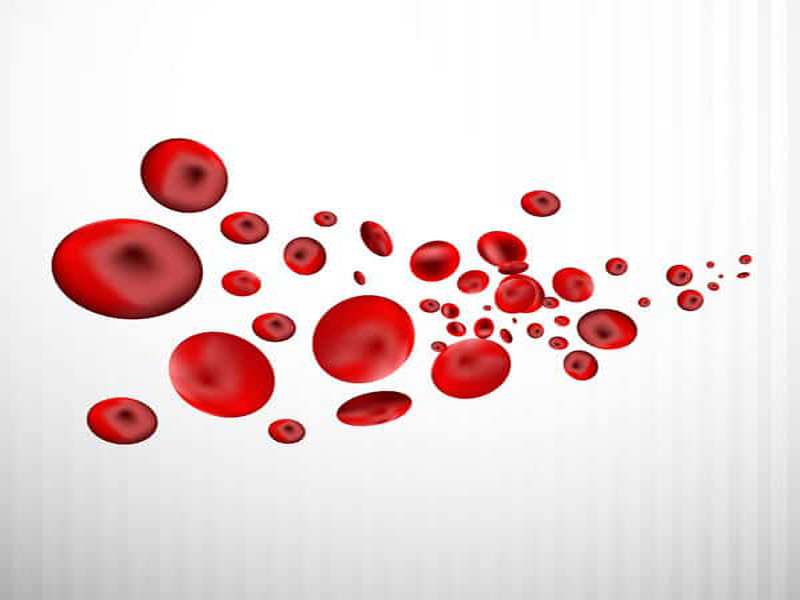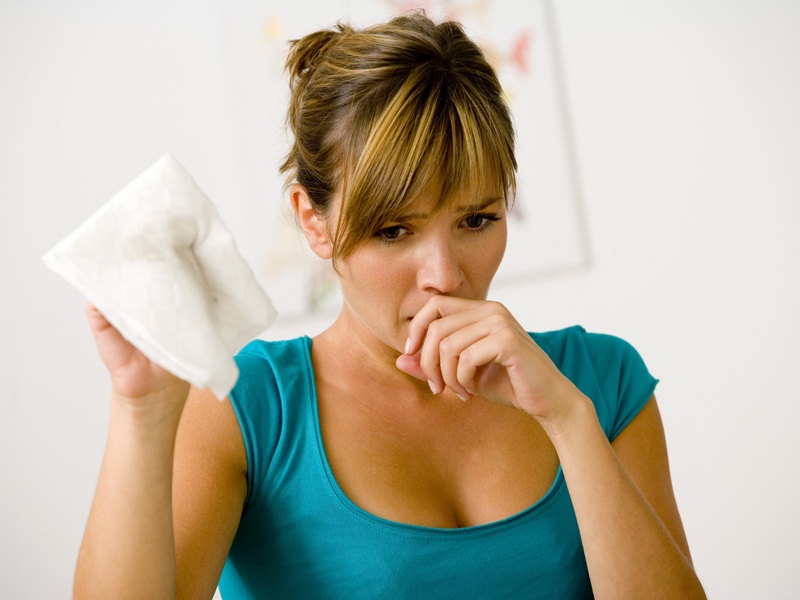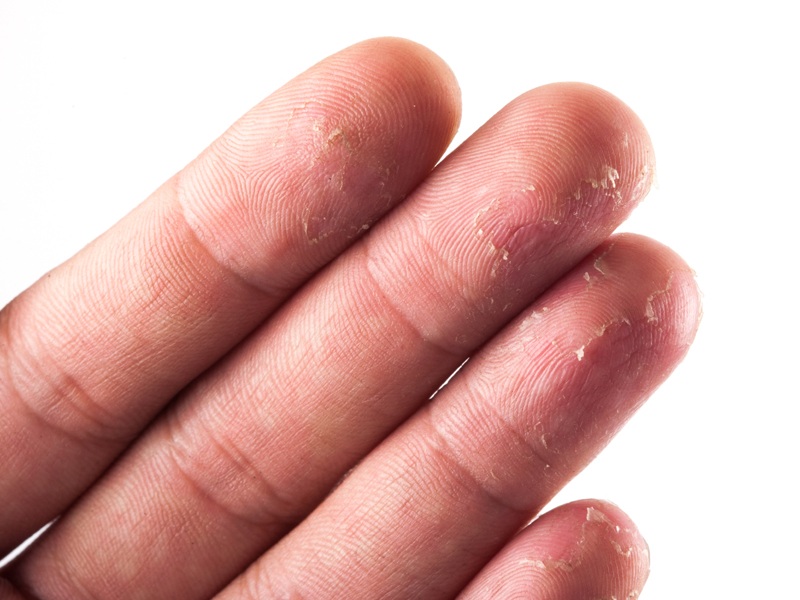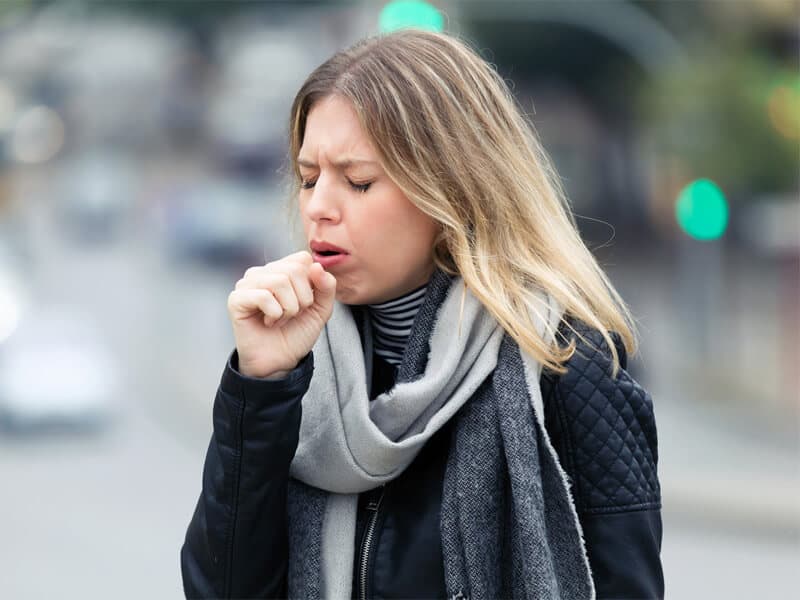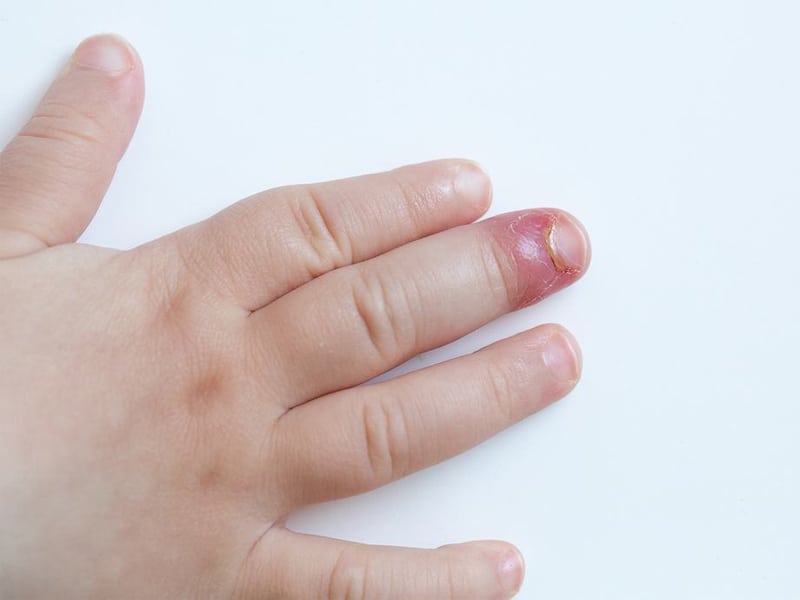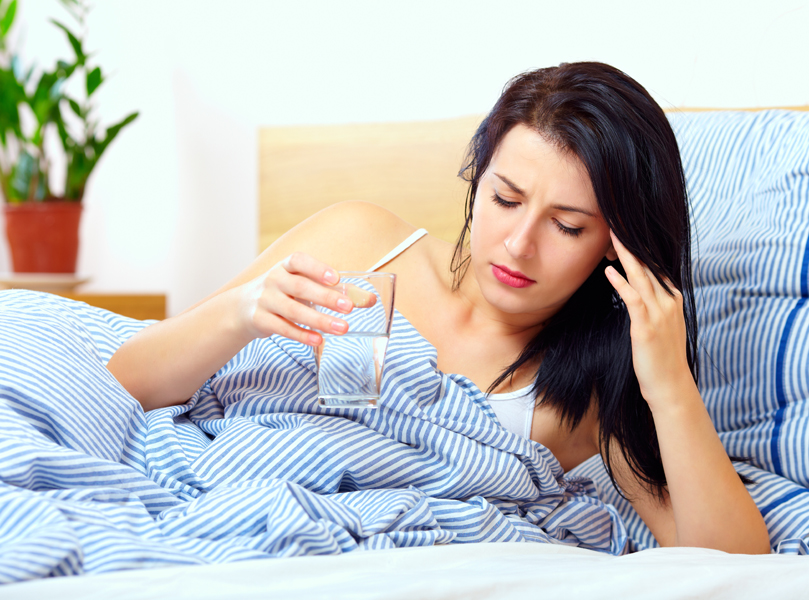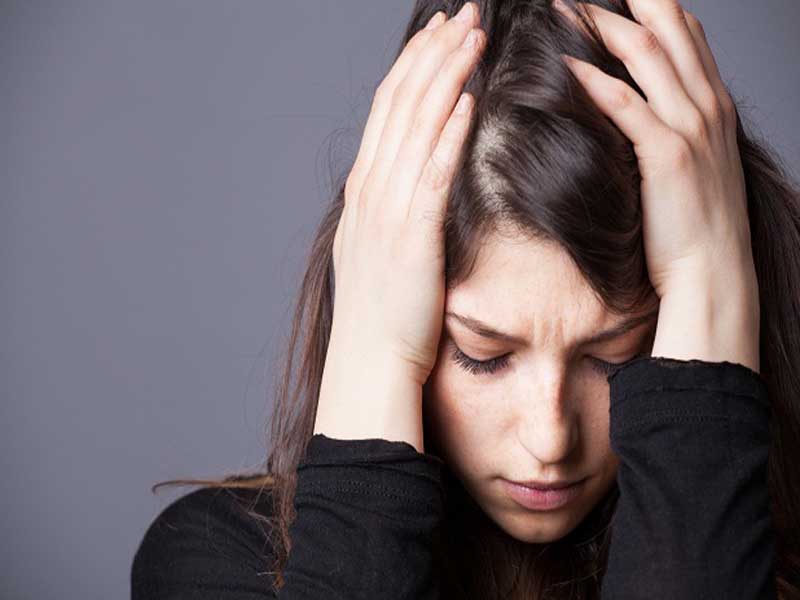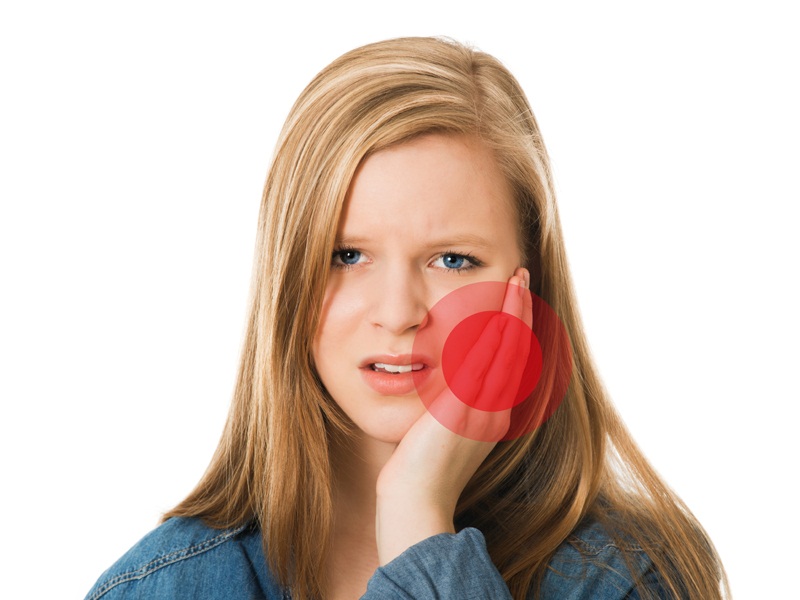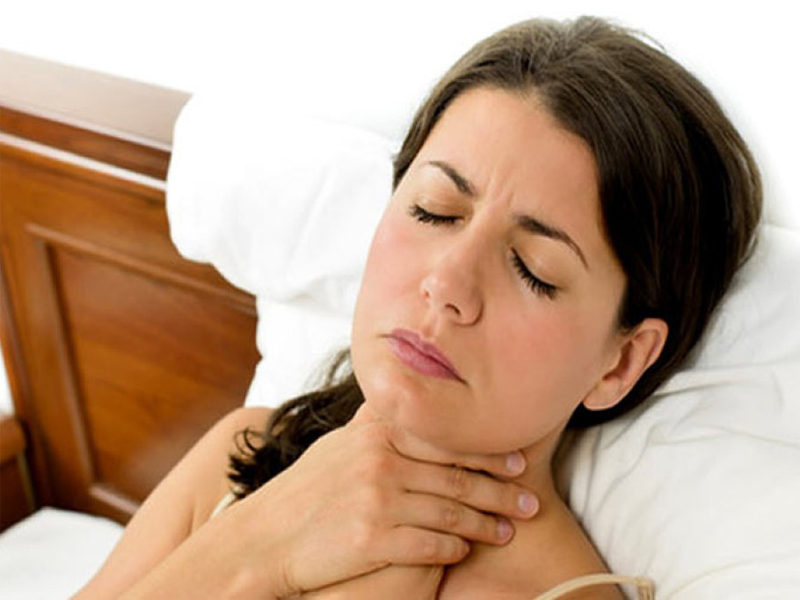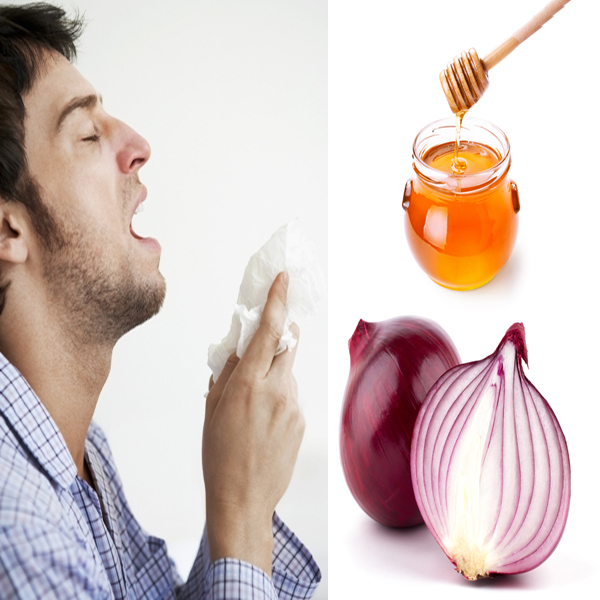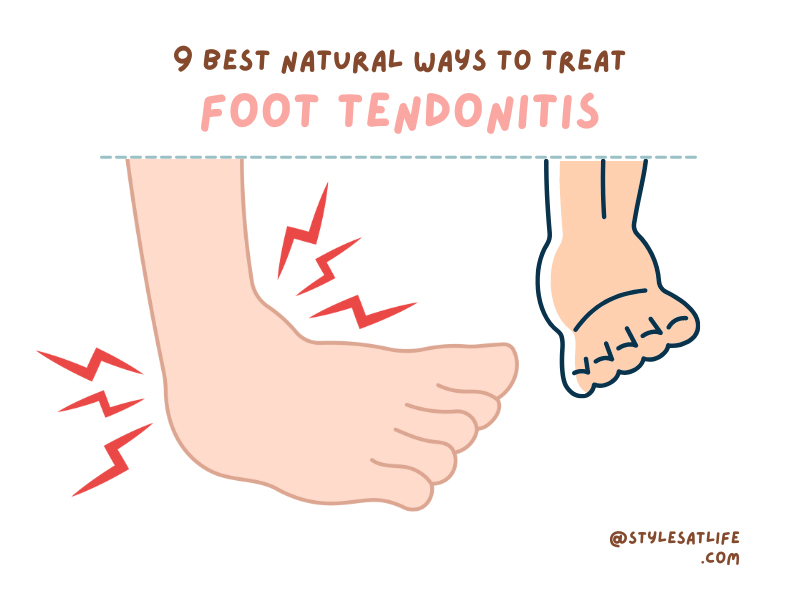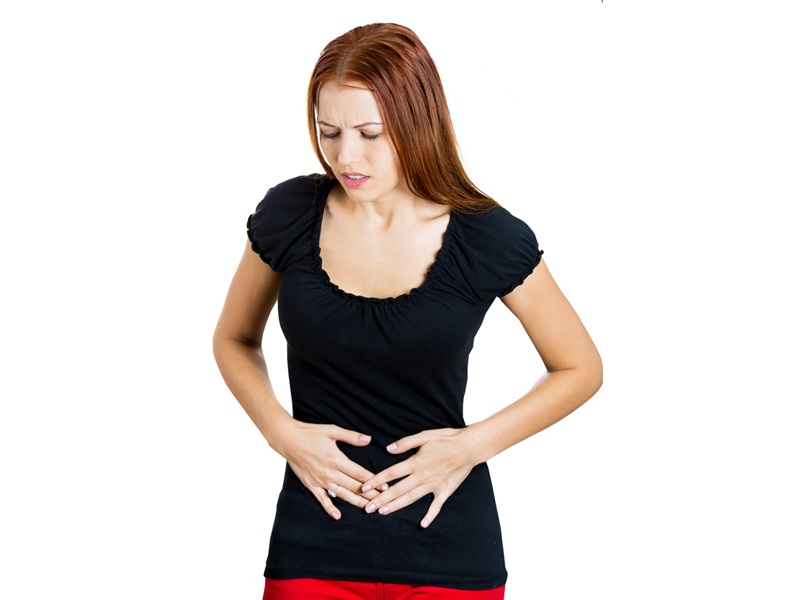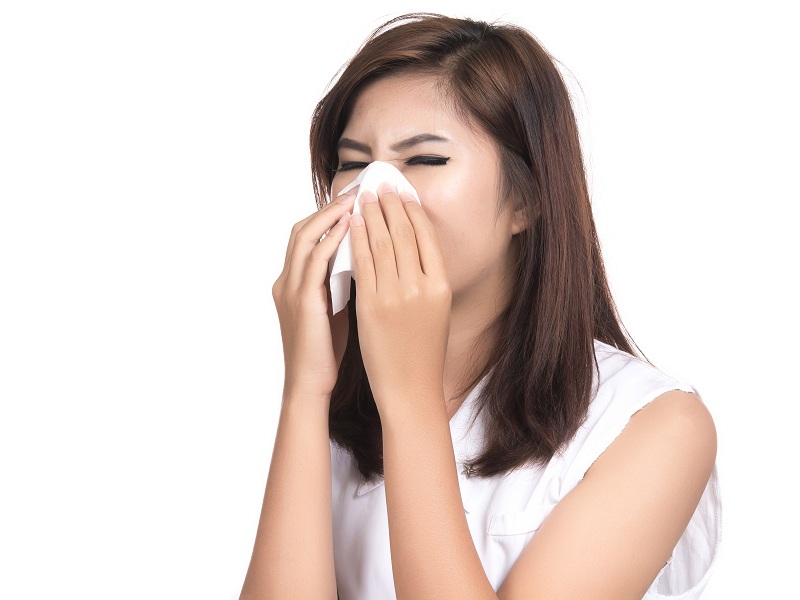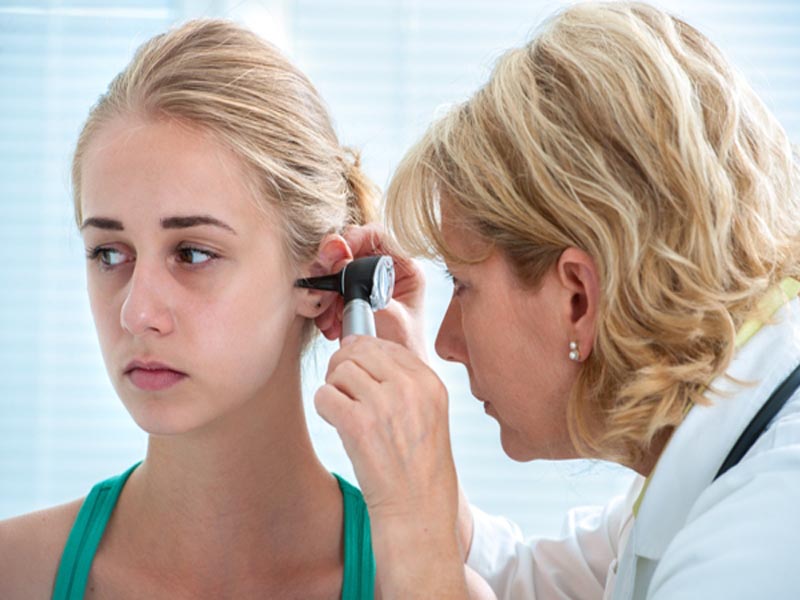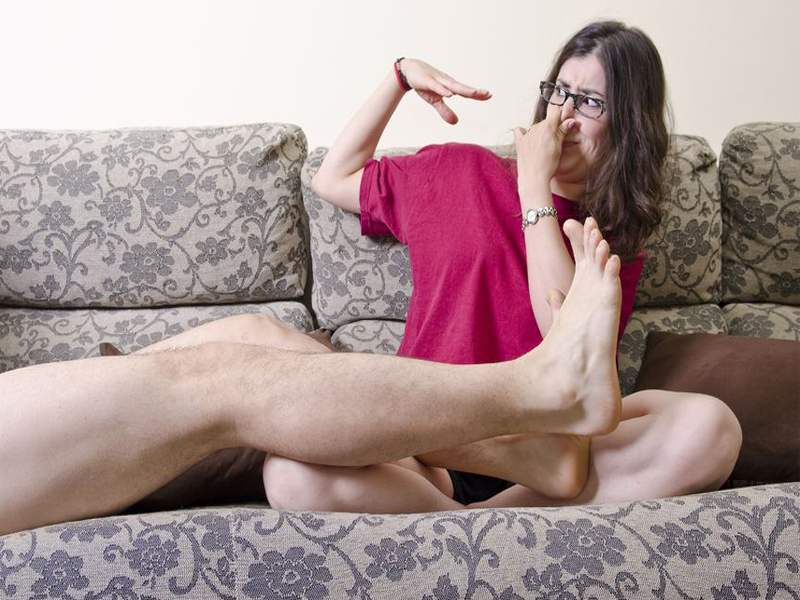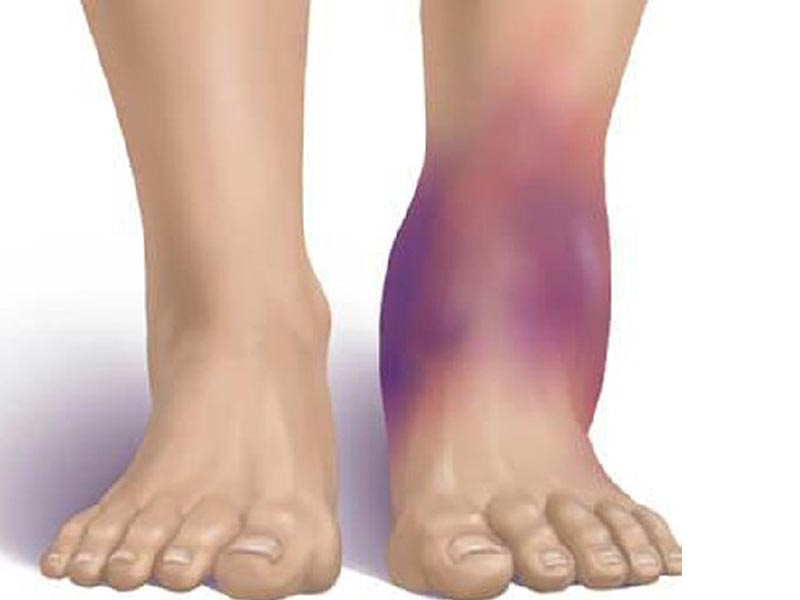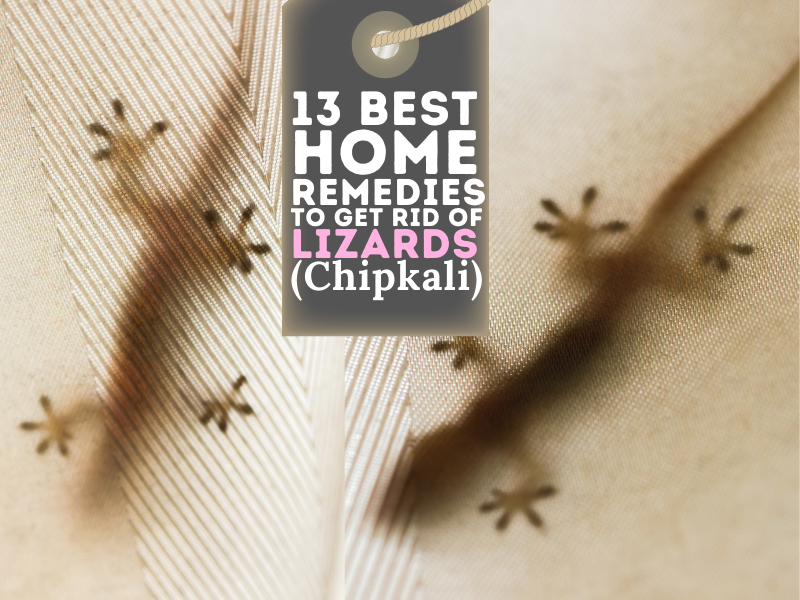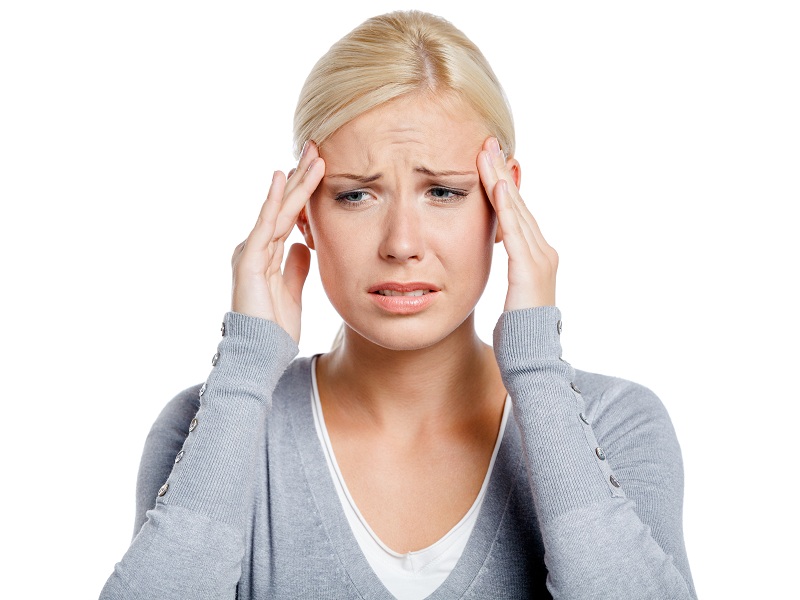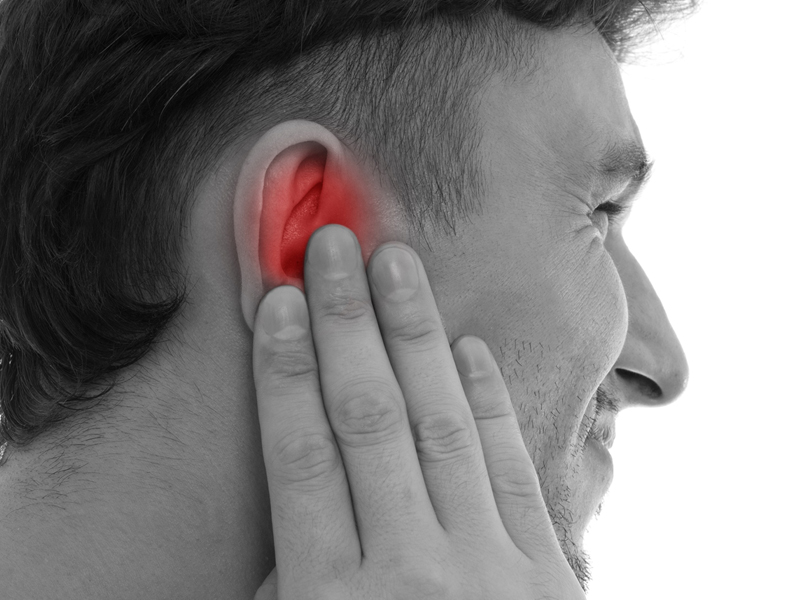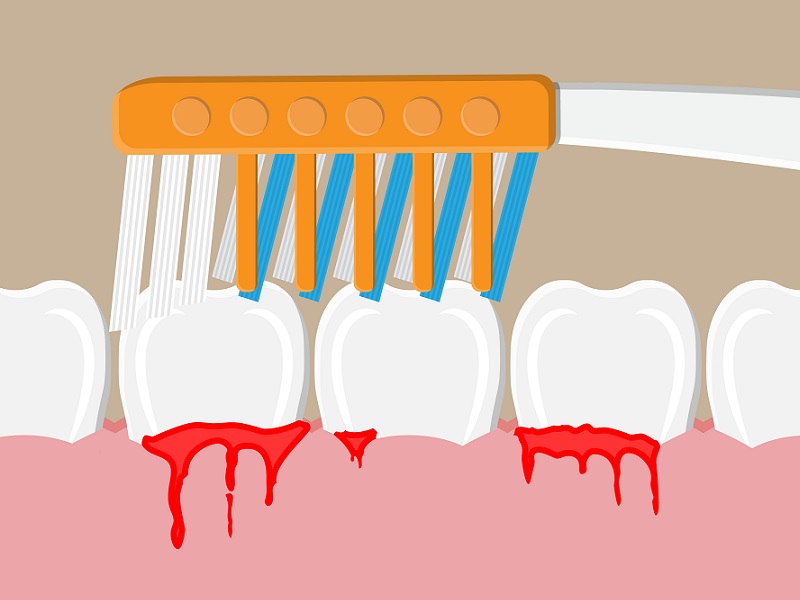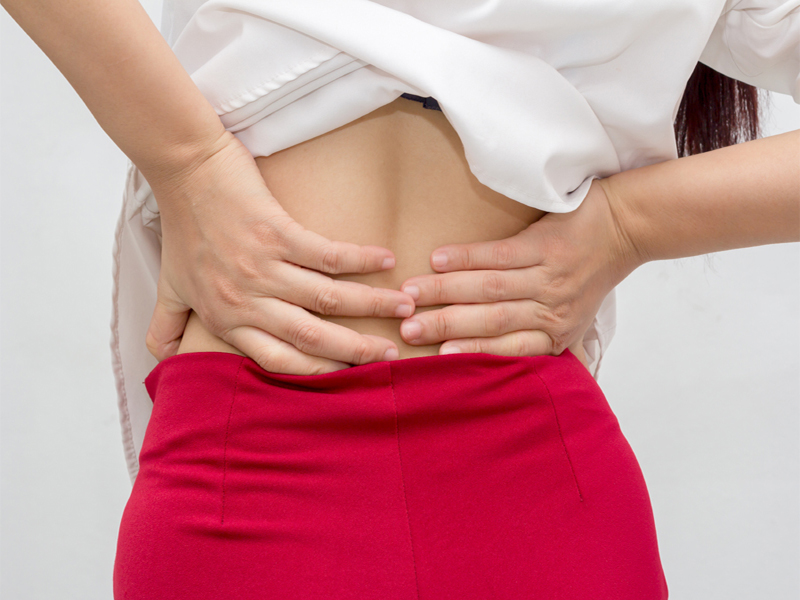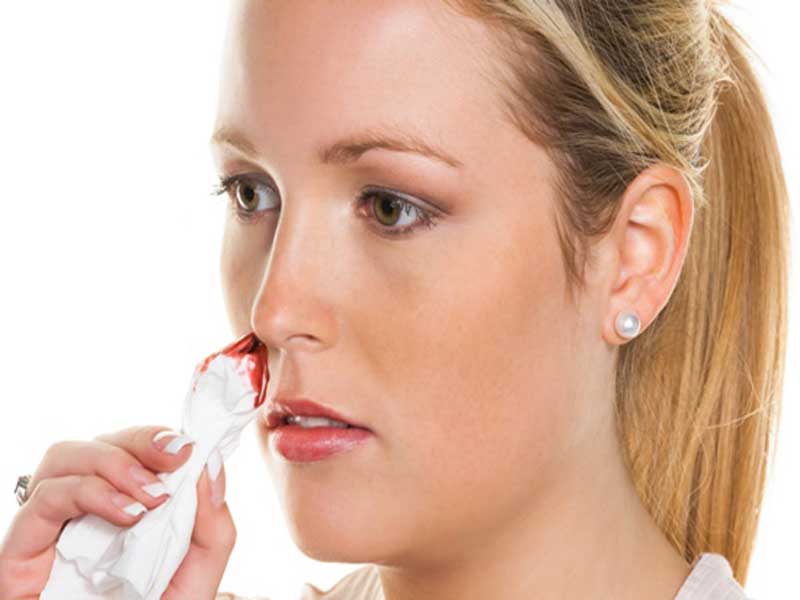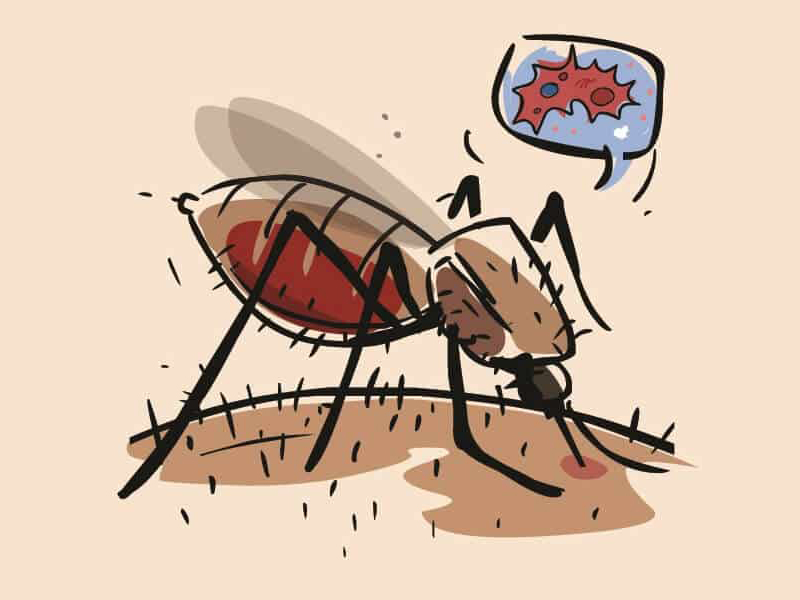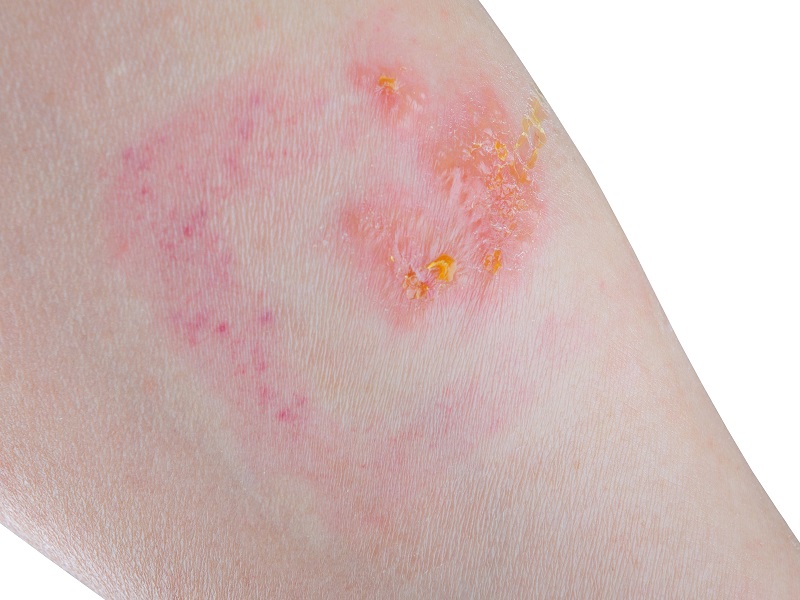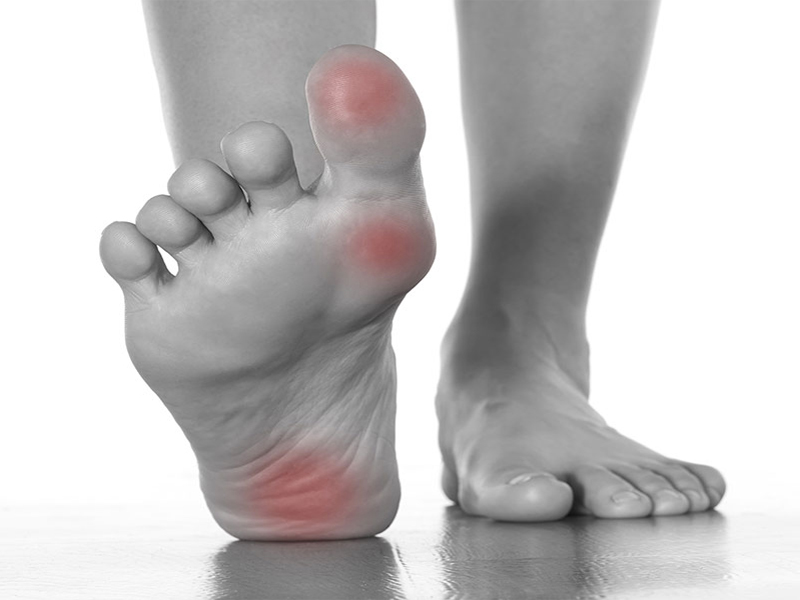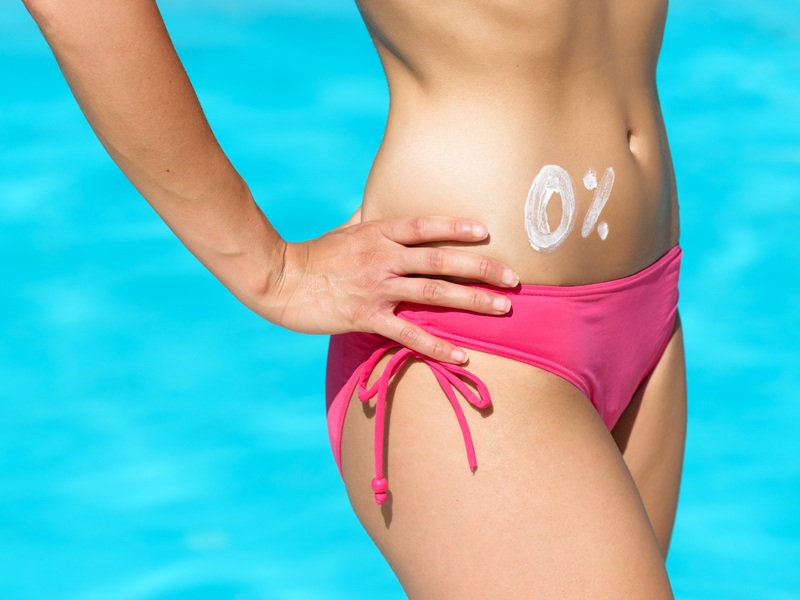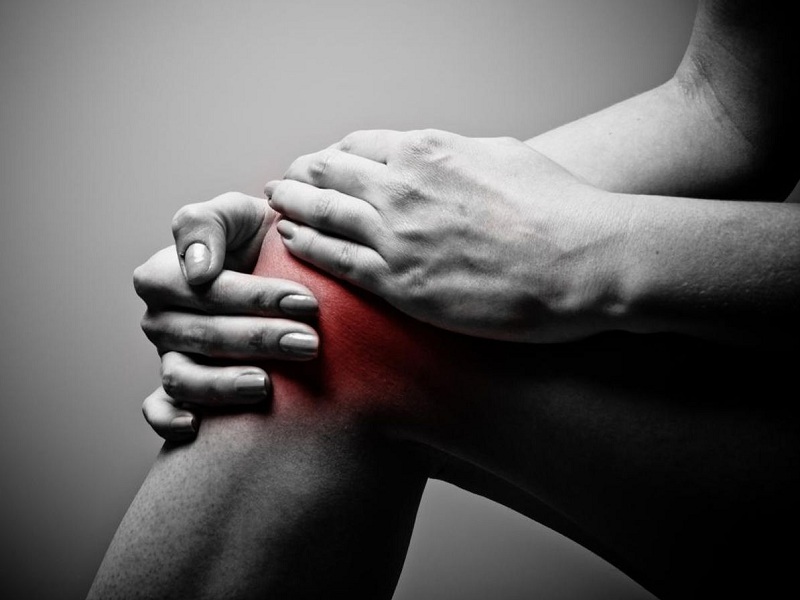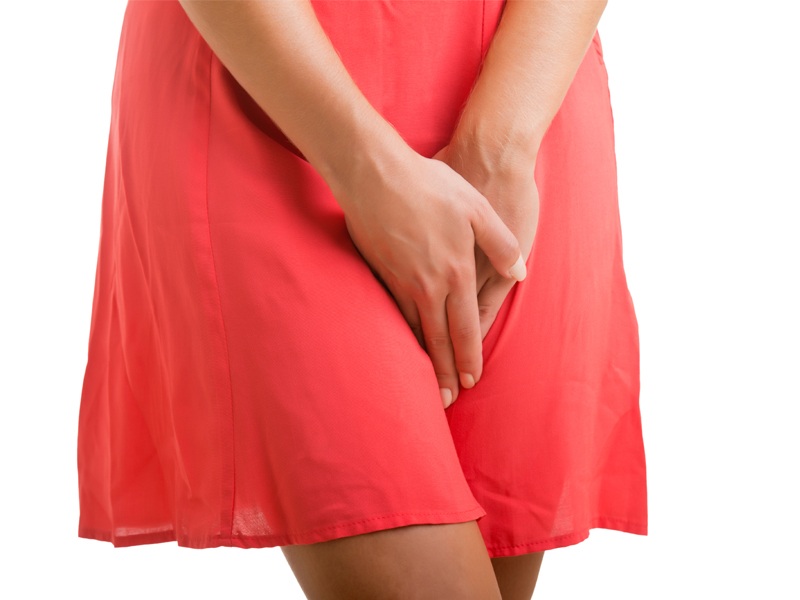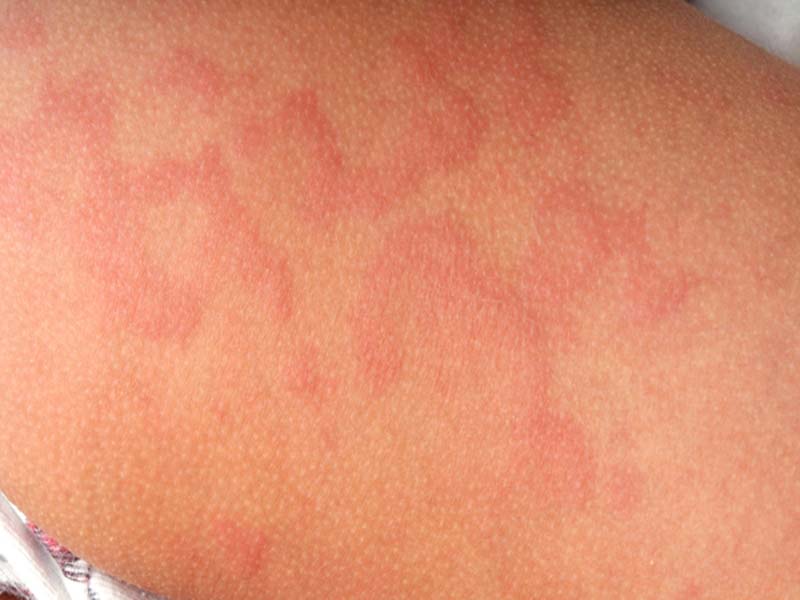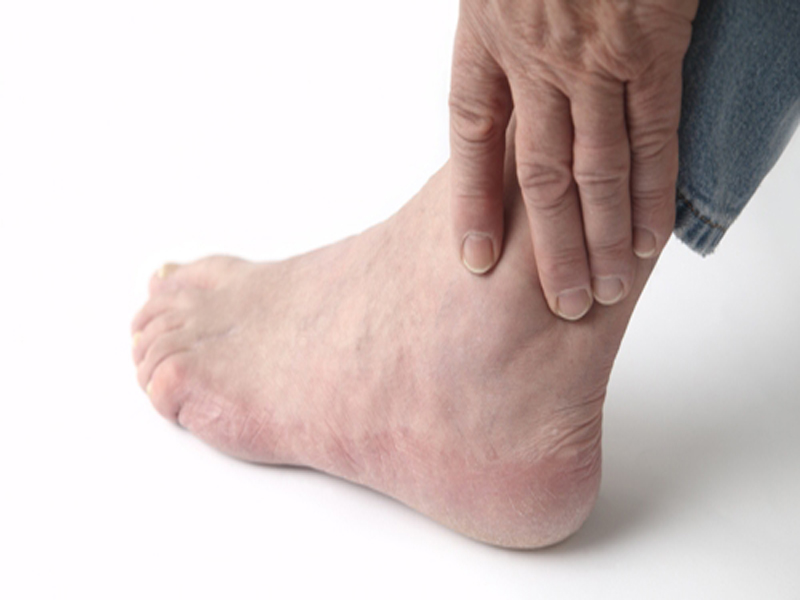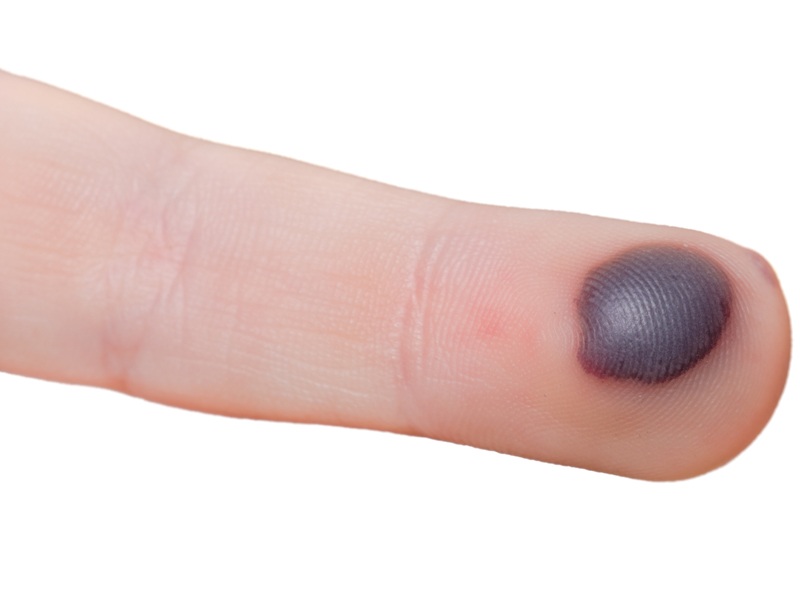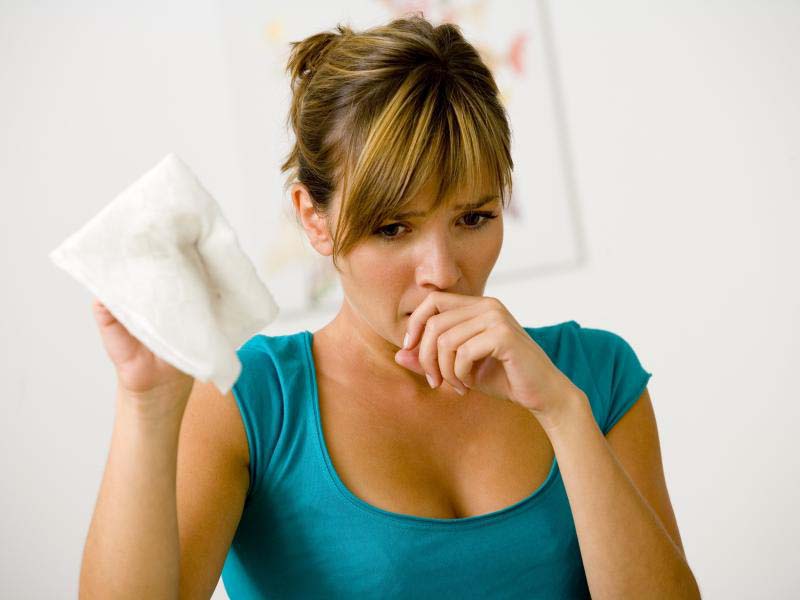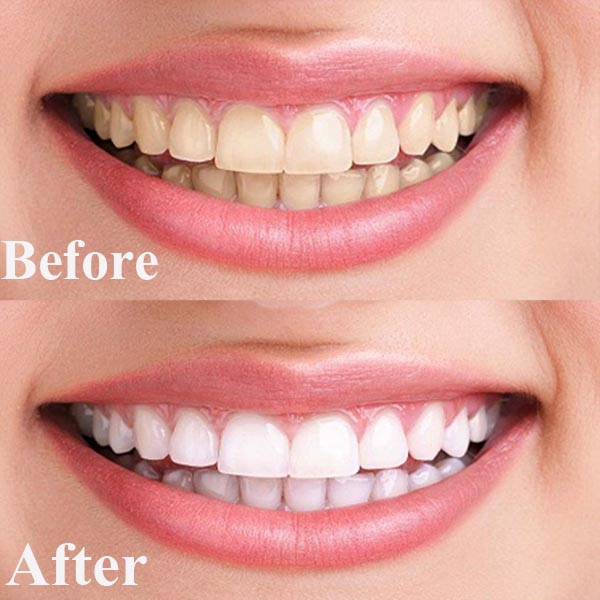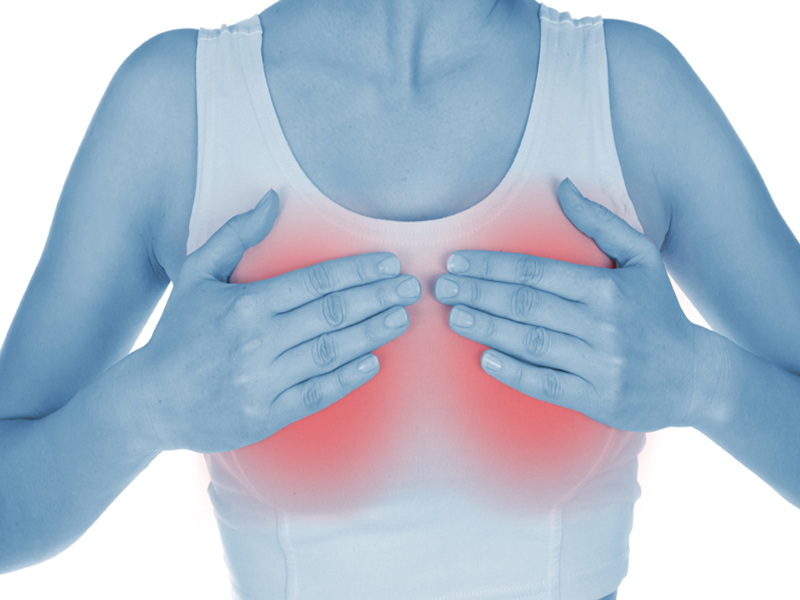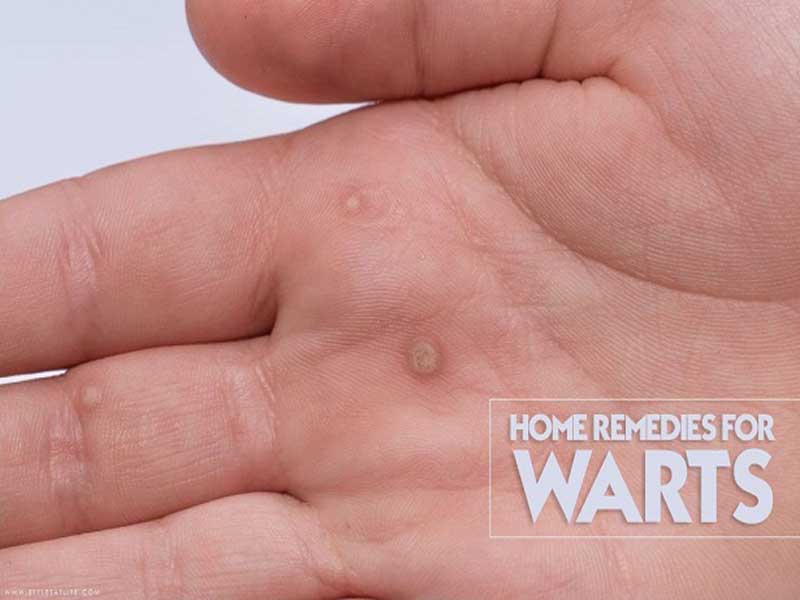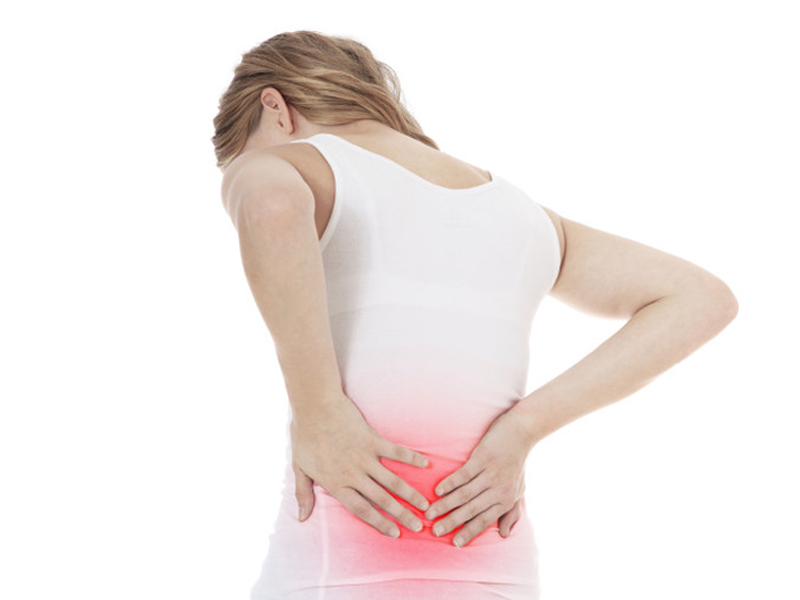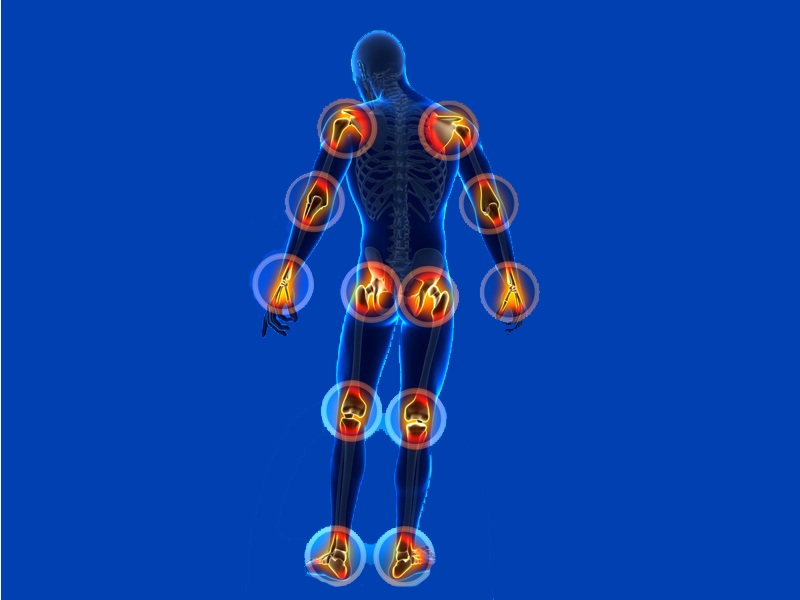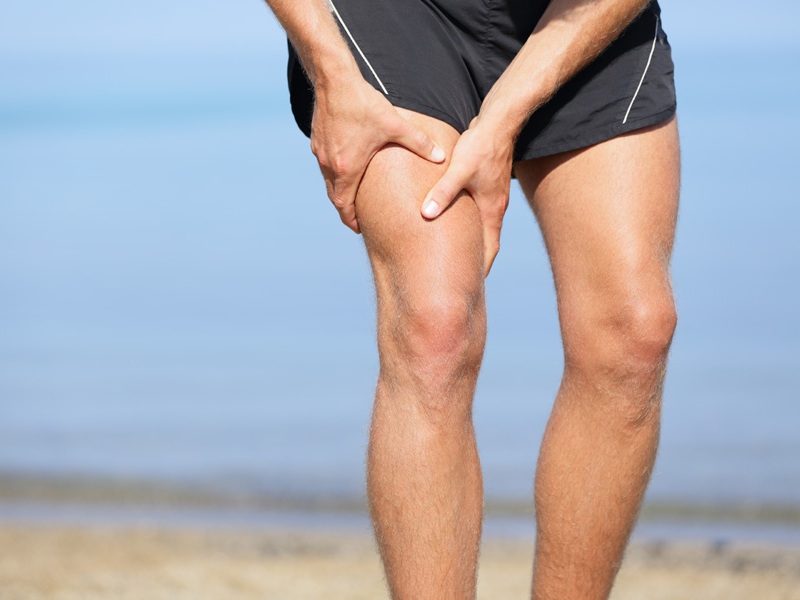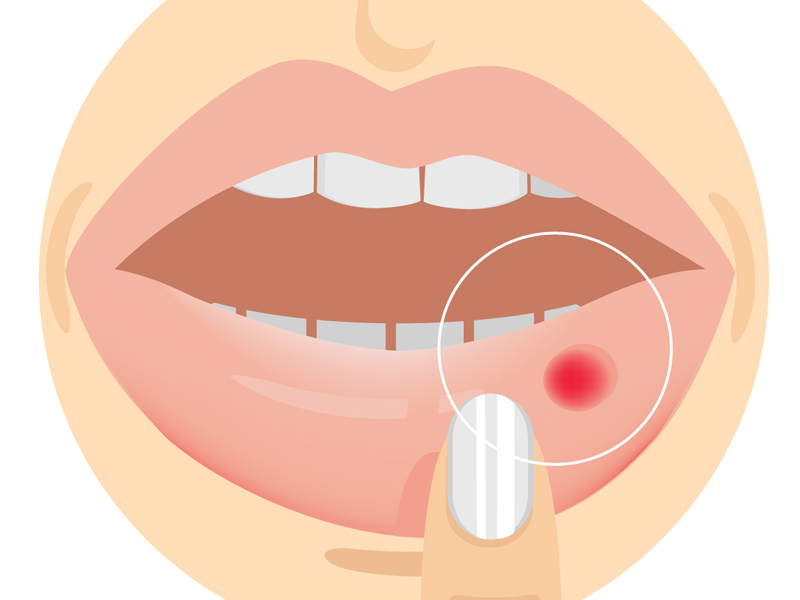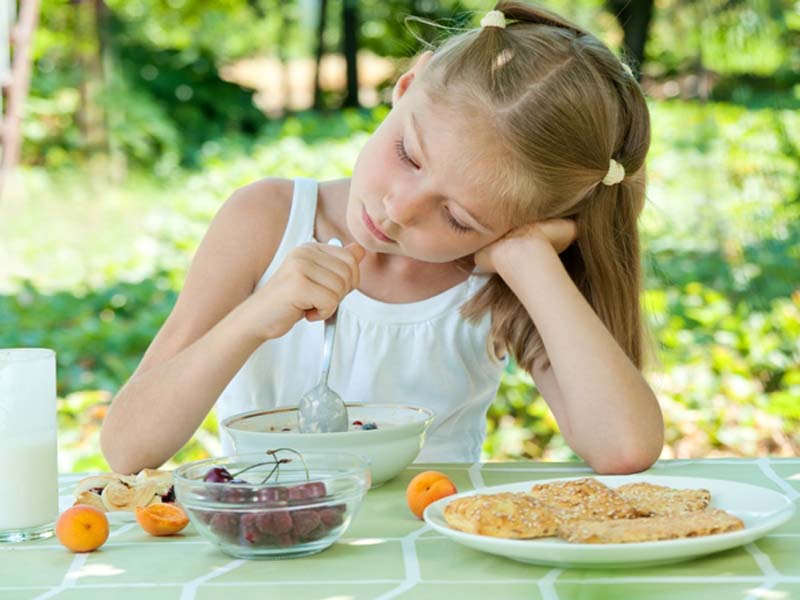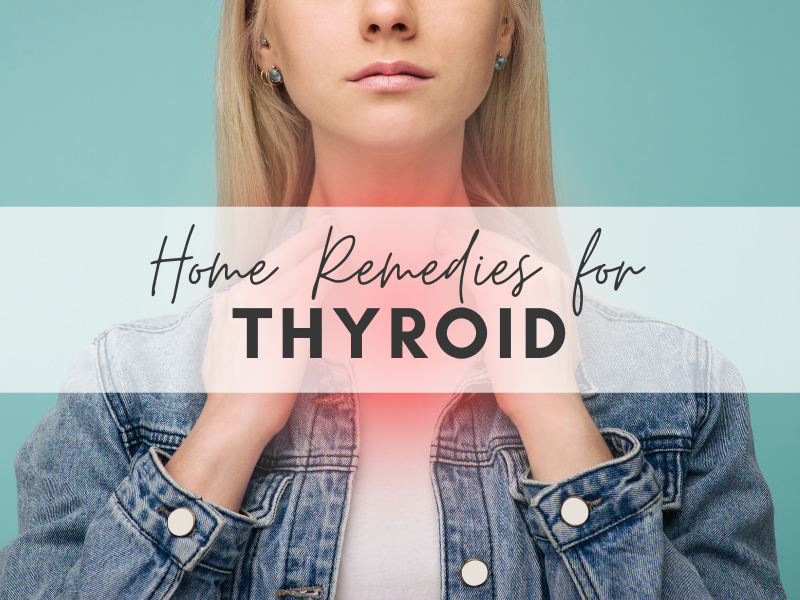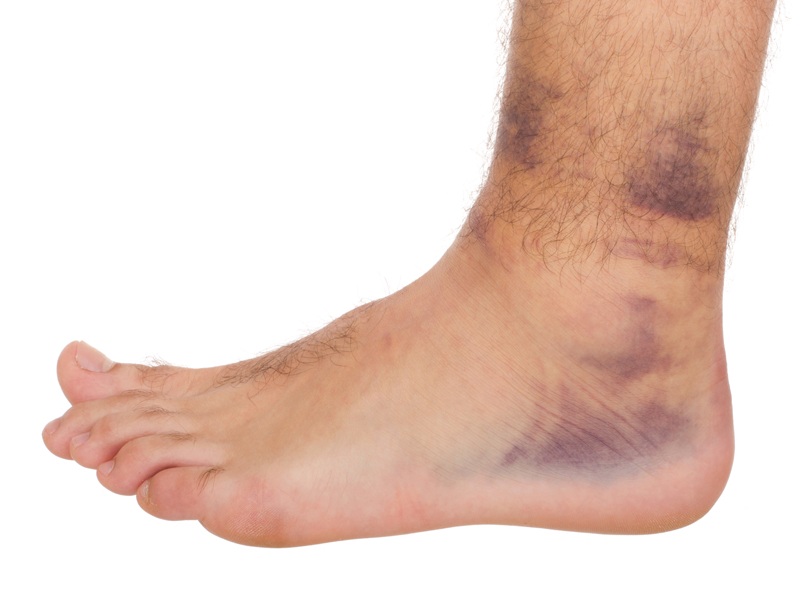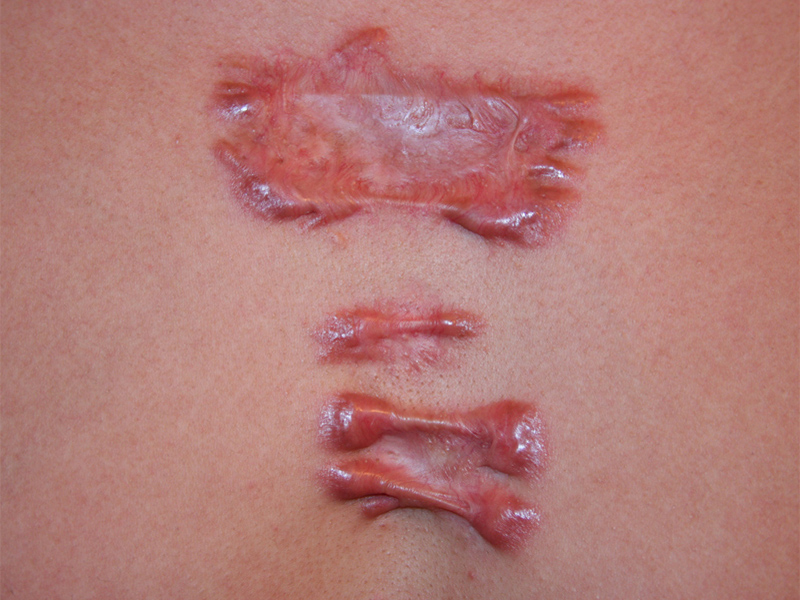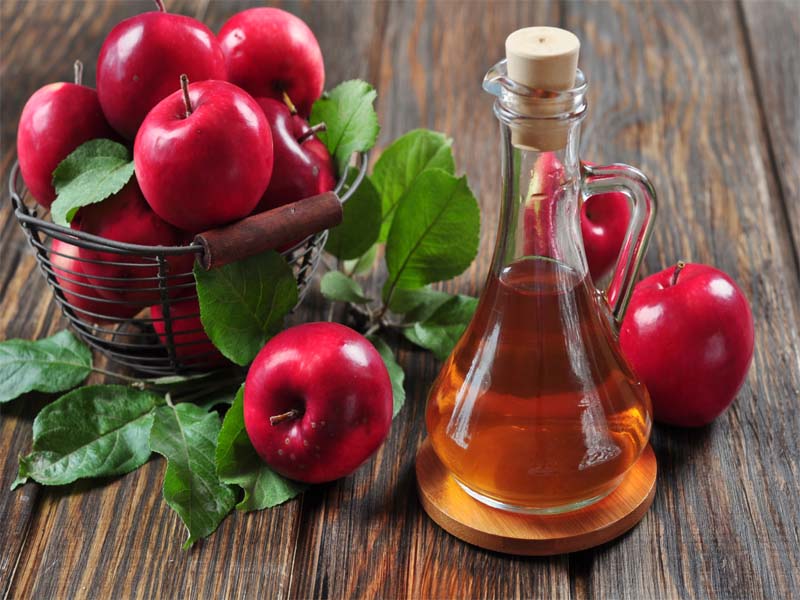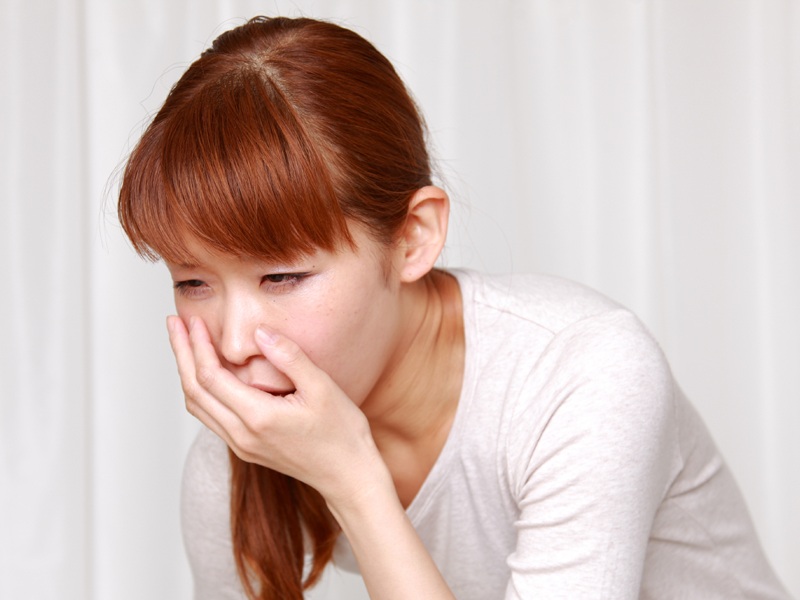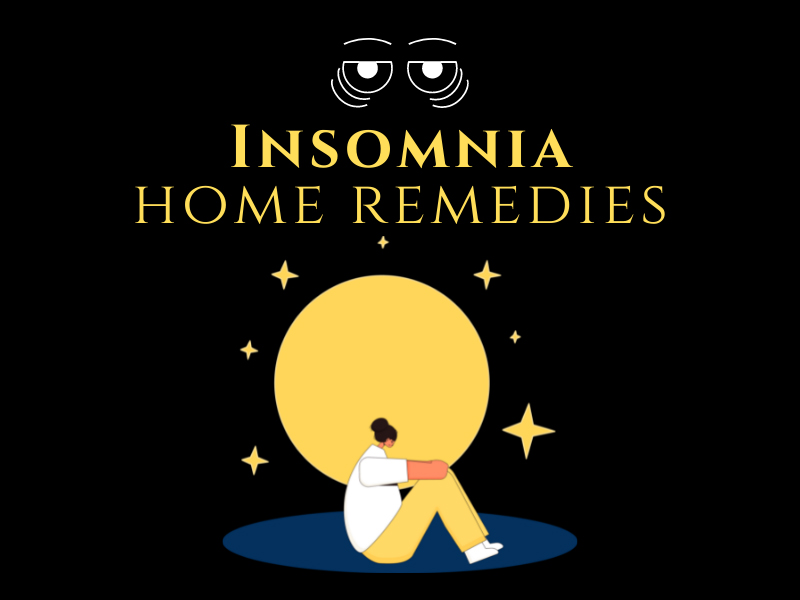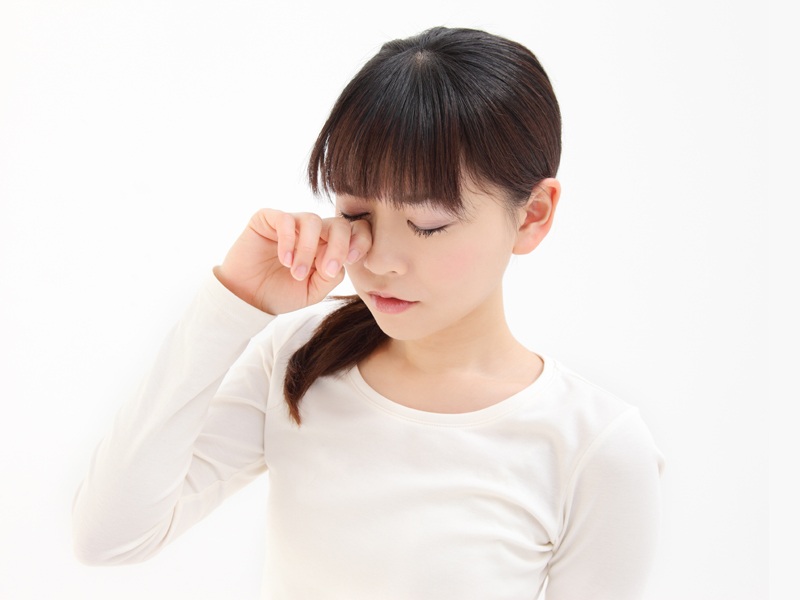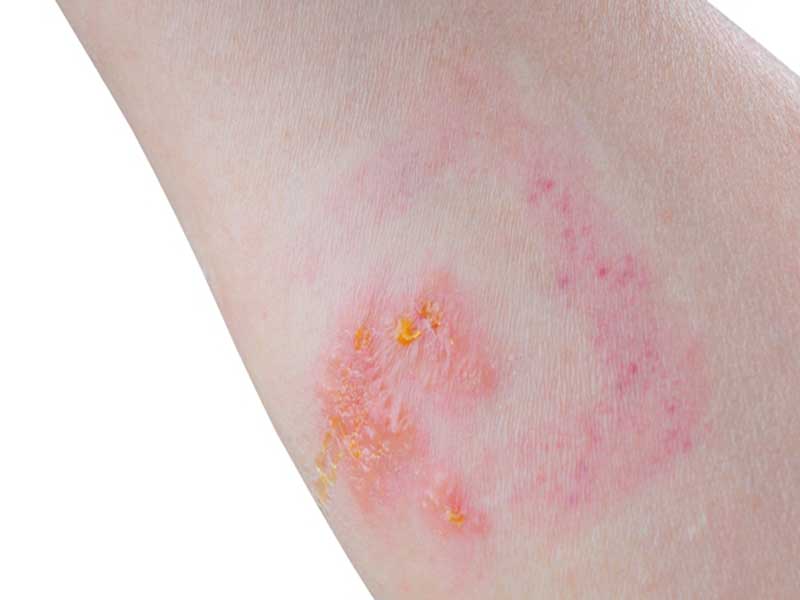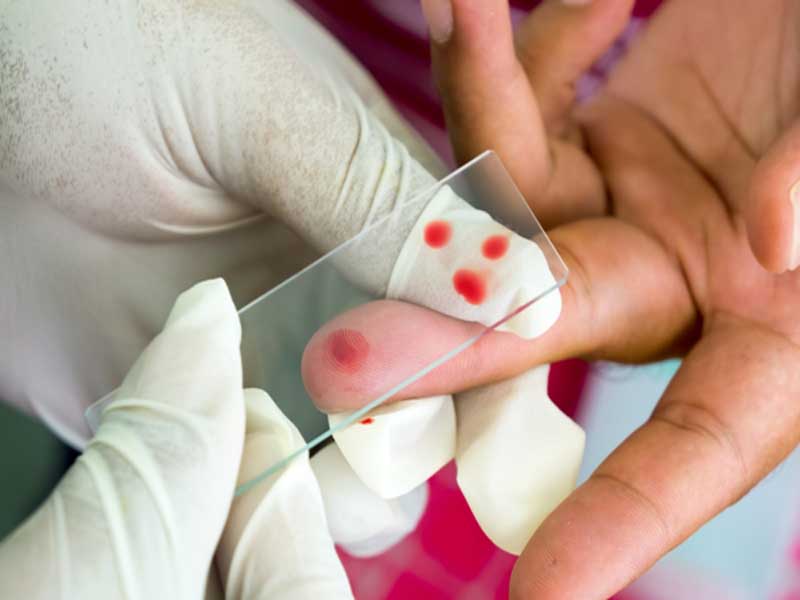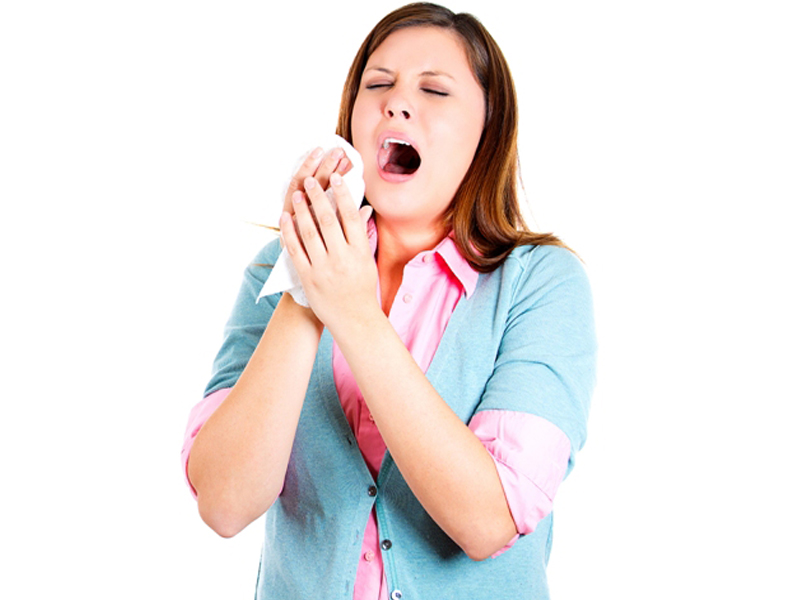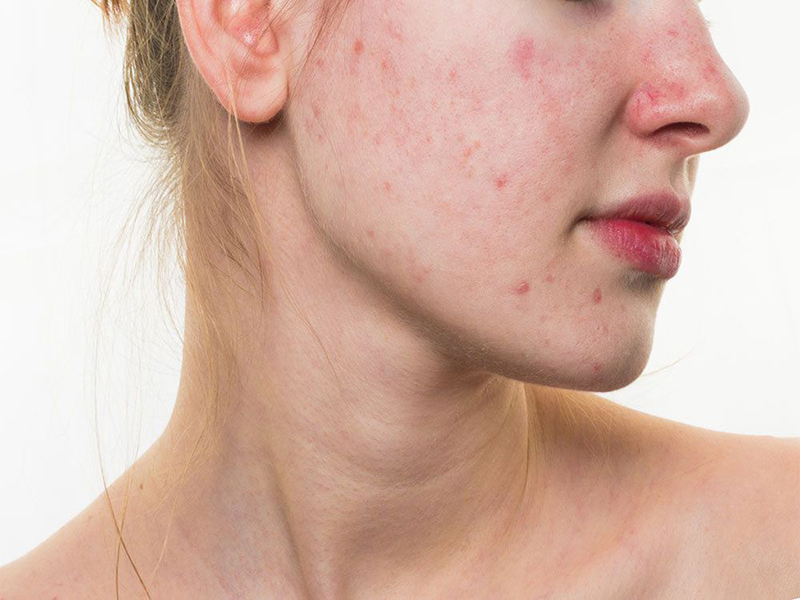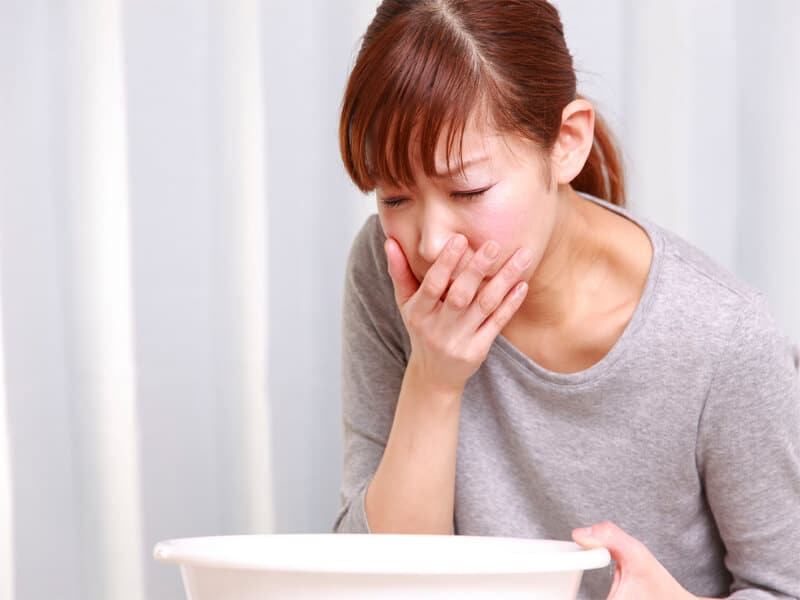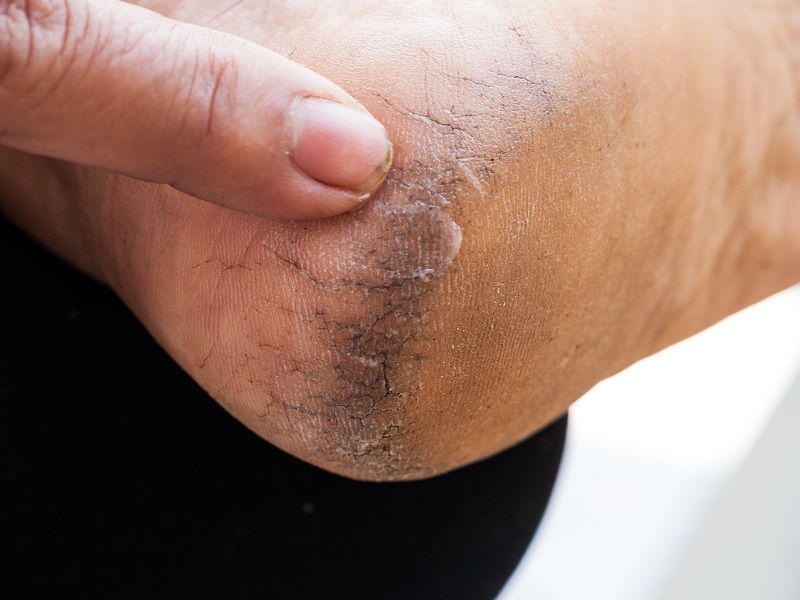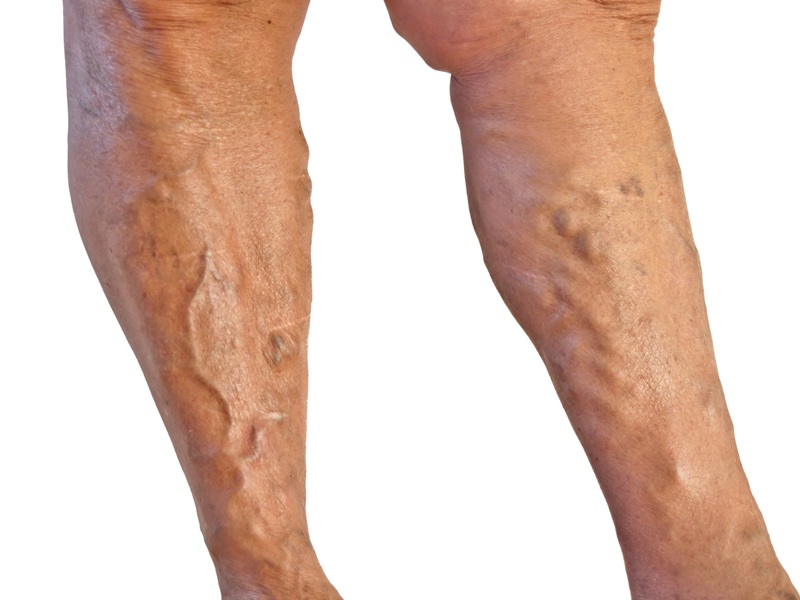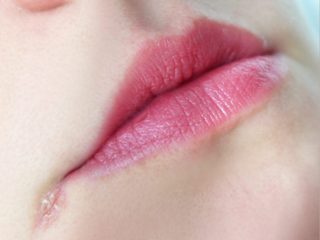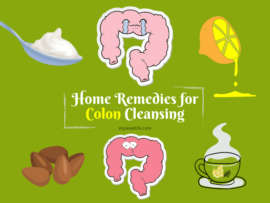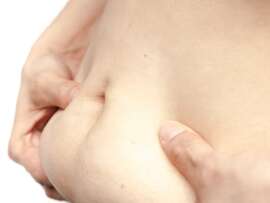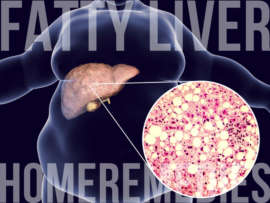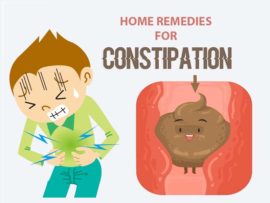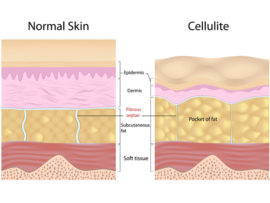Yeast infections are more common than you think among both men and women. One of the common places the infection targets is the genital area. But did you know you can treat yeast infections at home? Yes! You can comfortably deal with this discomfort by following the home remedies for yeast infections mentioned in this article.
Yeast infection is caused by a fungus called Candida, and some of the symptoms of this condition are burning and itching in the private parts, smelly discharge, etc. Review this article to learn more about home remedies for yeast infections.
Effective Home-Made Natural Treatments for Yeast Infection:
We mentioned a few home remedies for yeast infection that many women swear were effective. Although these alternative therapies have varying scientific evidence, anecdotal reports suggest that many experience relief.
1. Apple Cider Vinegar:
The antifungal properties of apple cider vinegar work against Candida, making it an effective cure for yeast infection at home (1). Thus, you can treat a bad case of yeast infection both internally and externally.
Ingredients:
- One to two tbsp of apple cider vinegar.
- One glass of water.
Procedure:
- Combine the ACV in a glass of water and mix them well.
- Drink up the mixture.
- Mix a cup of ACV in a bucket of warm water and soak yourself.
- For effective results, you use this remedy twice or thrice a day.
2. Aloe Vera:
Aloe vera is one of the natural ways to cure yeast infections. Aloe vera gel has antifungal effects on C. albicans that help alleviate inflammation in the affected area and soothe irritation (2).
Ingredients:
- Freshly extracted aloe vera gel.
Procedure:
- Extract fresh gel from aloe vera leaf.
- Gently apply the gel to the affected area in a thin layer.
- Let it dry.
- You can reapply the gel twice or thrice a day for good results.
3. Garlic:
Garlic is one of the commonly found ingredients in many households. In addition, the vigorous antifungal activity of Garlic against Candida species makes it one of the natural yeast infection cures (3)(4).
Ingredients:
- Three cloves of garlic.
- One glass of water.
Procedure:
- Consume garlic with a glass of water.
- You can use this remedy once or twice a day for good results.
- Caution: Ensure not to use garlic or garlic paste on the inner thighs or vagina since they are sensitive.
4. Green Tea:
Green tea helps fight yeast infection by strengthening your body’s immune system since it contains catechins (5). You can apply green tea topically or drink green tea, which quickly eliminates yeast by reducing inflammation (6). It also soothes the affected area.
Ingredients:
- One green tea bag.
- One cup of hot water.
Procedure:
- Boil a cup of water and place the green tea bag in it.
- Let it steep for a few minutes.
- Add honey and a dash of lemon to the mixture and combine them well.
- Drink the tea while it is warm.
- Refrigerate the used teabag.
- Place the cool tea bag on the affected area for about 10 minutes to get relief.
- Drinking two cups of green tea daily can effectively reduce yeast infection.
5. Cranberry Juice:
Cranberry juice helps prevent the formation of the fungus that causes yeast infections called Candida Albicans (7). There is anecdotal evidence for the effectiveness of cranberry juice on Candida Albicans in the vagina, but more scientific research is needed. It also helps prevent infection since cranberry juice and pills are very high in vitamin C.
6. Greek Yogurt:
Greek yogurt is a probiotic that effectively relieves yeast infection caused by C. albicans. Yoghurt contains live bacteria such as Lactobacillus acidophilus which helps treat infection overgrowth and creates a healthy environment in the vagina (8). It is best to use plain Greek yogurt without any added sugar since sugar can fuel the growth of yeast infection.
7. Probiotics:
Probiotics help your vagina and GI tract since it is filled with healthy bacteria. In addition, probiotics have been shown to improve yeast infection symptoms, according to studies, and prevent infection. You can bring your digestive tract and vaginal flora back into alignment when you start a regimen of oral probiotics containing strains of the Lactobacillus acidophilus bacteria.
According to a study published by Harvard Health, Probiotic suppositories have also been effective in treating vaginosis (9).
8. Coconut Oil:
If you are suffering from fungal infections caused by drug-resistant Candida strains, coconut oil can be one of the natural ways to get rid of yeast infections (10).
Ingredients:
- Two tbsp of virgin coconut oil.
Procedure:
- Wash the affected area thoroughly and let it air dry.
- To avoid further inflammation, use a soft cloth to dry the area.
- Gently apply coconut oil to the affected area.
- For effective results, use this remedy twice or thrice a day.
See More: Natural Remedies for Fungal Infections
9. Oregano Oil:
The overgrowth of yeast occurs in the large intestines, and Oregano oil is one of the potent home remedies that prevent the infection from spreading from the anus to the vagina. In addition, the phenolic components called carvacrol and thymol present in Oregano oil exert fungicidal effects on yeast, preventing its spreading (11).
Ingredients:
- One glass of water.
- Three drops of oregano oil.
Preparation:
- Add the oregano oil to the glass of water.
- Mix it well and drink it.
- You can use this remedy twice a week for immediate results.
Caution: Consult your doctor before using Oregano oil if you are pregnant or for children to avoid side effects.
10. Tea Tree Oil:
The antifungal, antiviral, and antibacterial properties of Tea tree oil make it one of the popular options among naturopaths (12). In addition, it helps soothe inflamed skin when you combine it with honey or warm water.
Ingredients:
- Two tbsp of honey.
- Three drops of tea tree oil.
Preparation:
- Take a bow and combine the honey and tea tree oil thoroughly.
- Gently apply the mixture to the affected area.
- Let it stay on the site overnight.
- Use lukewarm water to wash the area in the morning.
- Doing this procedure for a few nights before bed can be effective.
Caution: Since tea tree oil is potent, it is better to do a patch test and wait 24 hours to rule out any side effects.
11. Epsom Salt Bath:
Epsom salt or magnesium sulfate is one of the best and most natural yeast infection treatments. It helps treat the infection by potentially killing the yeast.
Ingredients:
- A bathtub full of warm water.
- Two cups of Epsom salt.
Preparation:
- Combine the Epsom salt into the bathtub and mix thoroughly until the salt completely dissolves.
- Soak yourself in the water for about 15 minutes.
- Repeating this procedure three times a week can be effective.
12. Baking Soda Baths:
Baking soda has antifungal effects and effectively relieves the symptoms associated with yeast infections, such as itching, burning, and swelling. In addition, according to a study, baking soda virtually eliminates Canida cells, which are the root cause of yeast infections, making it one of the natural remedies for yeast infections (13).
13. Boric Acid:
Boric acid is the right choice if you are looking for mild yet effective home remedies to cure yeast infections. Doctors recommend boric acid to cure yeast infections when most antifungals fail because it helps kill antifungal and antiviral infections (14).
Ingredients:
- Size 00 gelatin capsule.
- Boric acid powder.
Preparation:
- Fill the gelatin capsule with boric acid powder and remove the excess.
- Gently close the capsule.
- Before going to bed, insert the capsule into the vagina.
- To clean out the infection thoroughly, do this for 12 to 15 days.
Caution: It is not safe to consume these capsules since boric acid is toxic in high doses. Pregnant women should avoid this remedy.
14. Hydrogen Peroxide:
The antiseptic properties of Hydrogen peroxide help kill bacteria and yeast, making it one of the best home remedies to treat yeast infection. Although it might not work on all yeast species, there is anecdotal evidence from women for whom it worked topically. In addition, you can prevent yeast growth on the genitals by diluting it in water or adding it to your bath.
Caution: Diluting Hydrogen peroxide before applying it to your genitals is recommended, and avoid overusing it.
15. Vitamin C:
Another best way to eliminate yeast infection is ample amounts of vitamin C. Vitamin helps build a robust immune system by acting as an immune system booster. Some women could treat Candida overgrowth by including Vitamin C in their diet.
Caution: Since vaginal tissue is sensitive, don’t apply acidic Vitamin C.
See Also: Remedies to Treat Urinary Tract Infection
Ways to Prevent Yeast Infection:
Here are some of the ways you can prevent the occurrence of yeast infection in practical and natural methods:
1. Maintain Hygiene:
Hygiene plays an important role not only in the health of your genitals but also in your entire body. For example, you can prevent yeast infections by boosting your hygiene.
Although hygiene is essential, avoid using scented products since these products can irritate your genitals. Instead, remove any excess moisture and dry your genital area thoroughly after a bath or shower.
2. Take Supplements:
Your digestive tract, skin, and other body parts have certain bacteria naturally. When your body’s natural bacteria get out of balance, it results in yeast infection. You can take supplements that have lactobacillus or acidophilus to prevent yeast infections.
3. Use Antibiotics Only When Necessary:
The vagina usually has a small amount of Candida fungus and is controlled by the beneficial bacteria. Doctors prescribe antibiotics only when the yeast infection is too severe. Frequent usage of antibiotics may kill healthy bacteria along with the condition. Therefore, use them only when necessary.
4. Keep It Dry and Clean:
If you are adventurous or enjoy frequent swimming sessions, ensure not to remain in wet clothes or damp workout clothes for an extended period. The wet and wet clothes increase the chance of yeast infection occurrence. Therefore, dry yourself thoroughly and change into dry clothes immediately.
5. Limit Sugar and Processed Foods:
According to a study conducted in 2015, there is a rise in the occurrence and growth of yeast infections when you consume high-lactose dairy products or refined sugars since yeast feeds on them (15). Although more research is necessary, consuming fewer of these foods helps prevent yeast infections.
6. Wear Loose Pants/Cotton Underwear:
You must keep your clothes loose when you are suffering from a yeast infection. When you wear snug clothes, they increase the moisture in your genitals, further intensifying the condition. Cotton is the best fabric since it will help you remain dry by not holding onto humidity or heat.
Yeast likes to grow in moist and dark places, and tight-fitting clothing made out of polyester or nylon material holds in moisture and, therefore, is not preferable. Instead, try to wear underwear where the crotch area has a cotton lining to allow air through the genitals.
Yeast infection is common among women, but men are also equally affected by it. You can tackle the condition effectively using the home remedies mentioned in this article. But if the infection persists even after following precautions, it is advised to consult a doctor to rule out any underlying health condition. Don’t forget to let us know if this article was helpful!
See Also: Natural Remedies for Ringworm
Disclaimer: The information provided in this article is research and not a replacement for medical advice. Before trying anything new, consult your doctor before making a decision. The website is not responsible for the side effects on your body.
FAQ:
1. What is the usual duration of a yeast infection?
Ans: When you leave a yeast infection untreated, it causes more complications, worsening the situation. Therefore, treating yeast infections immediately with home remedies or appropriate antifungals is recommended. Your yeast infection may take three to seven days to clear, depending upon the type of treatment you are using.
2. What are the common symptoms and signs of yeast infections?
Ans: Yeast infection, also known as candidiasis, can occur in any part of the body. But genitals or oral parts are common areas where yeast infection occurs. Some of the symptoms of vaginal yeast infection are:
- Pain during sexual intercourse.
- Itchiness around the vagina.
- Burning in the affected area.
- Swelling and redness in the area affected by a yeast infection.
- Soreness.
- Burning sensation while peeing.
- White discharge is similar to cottage cheese without smell.
3. What is the reason for the reoccurrence of yeast infections?
Ans: Several reasons might cause the reoccurrence of yeast infection even after following a proper treatment plan. Some of the reasons are:
- Unprotected sex with an infected partner.
- Hormonal birth control.
- Pregnancy.
- Underlying health conditions.
- Certain medications like immunosuppressants, steroids, chemotherapy drugs, antibiotics.


